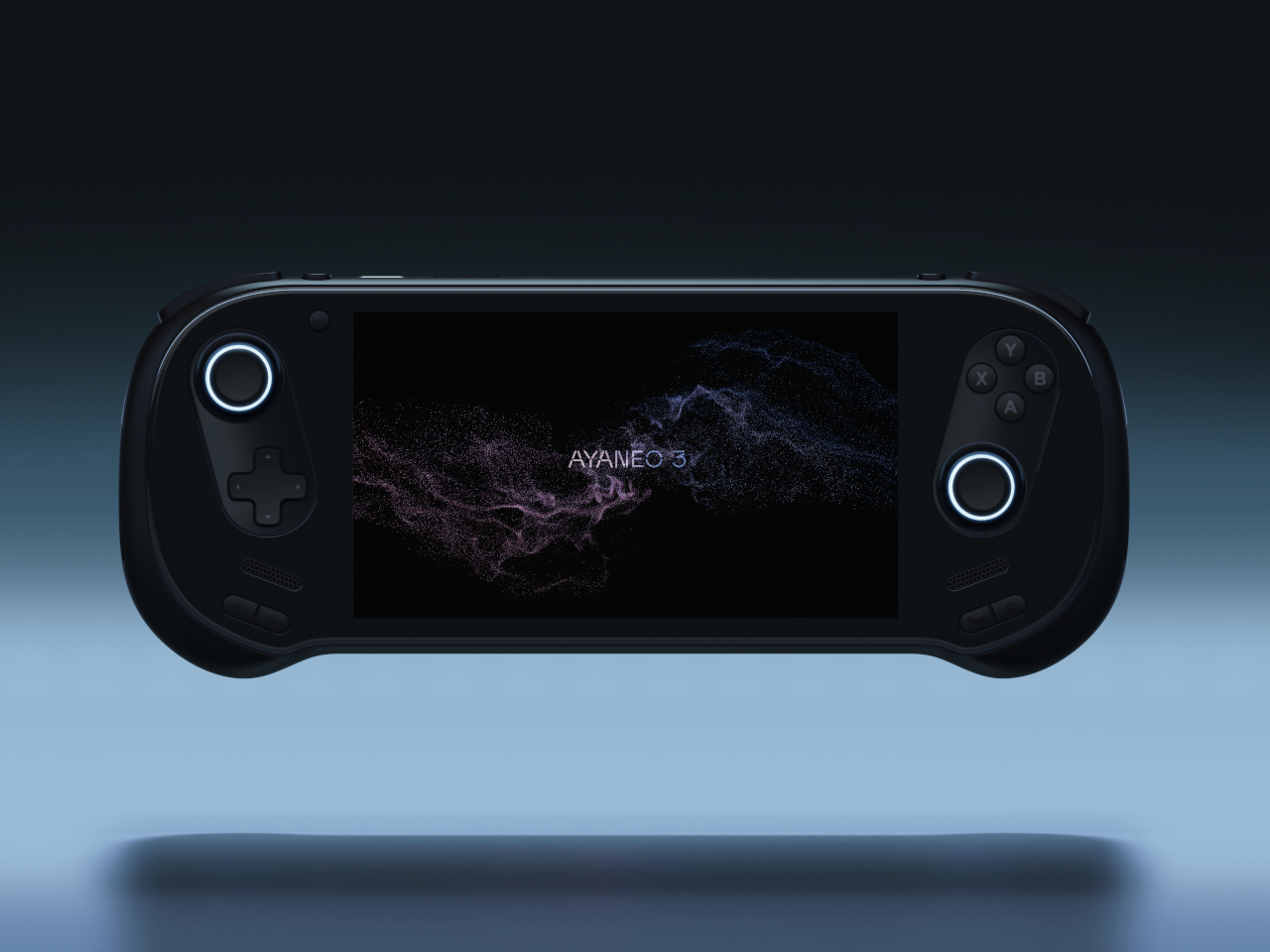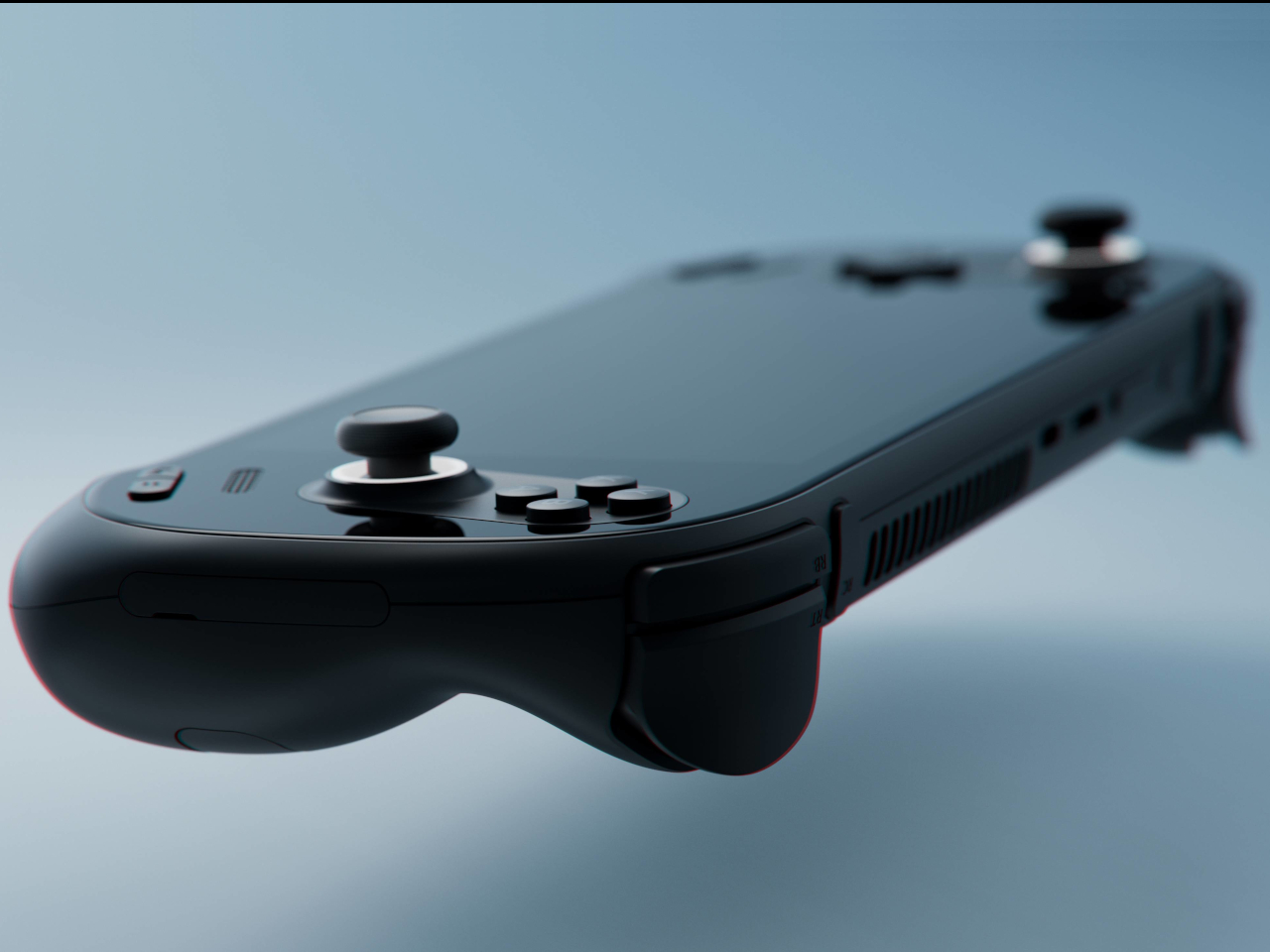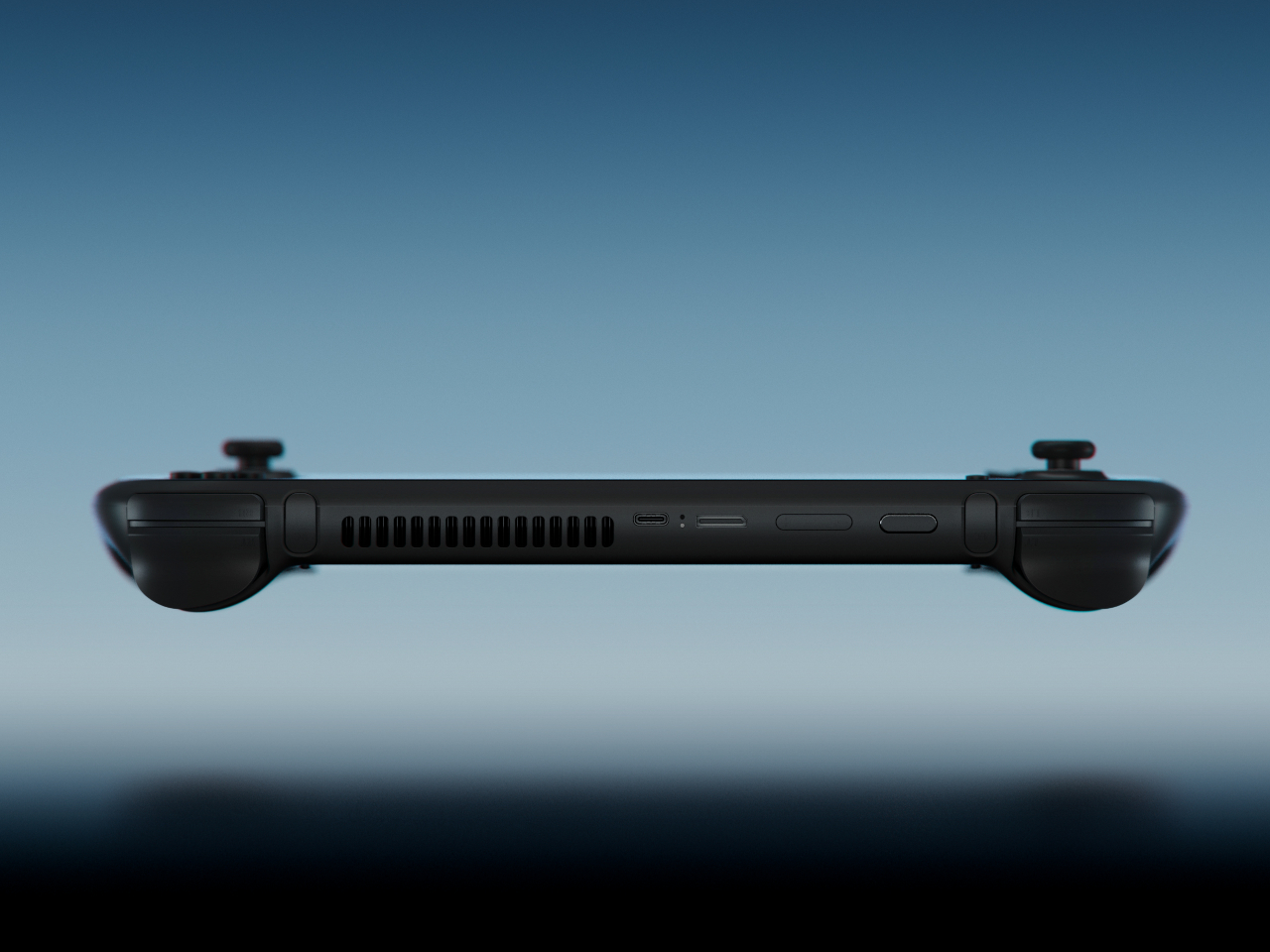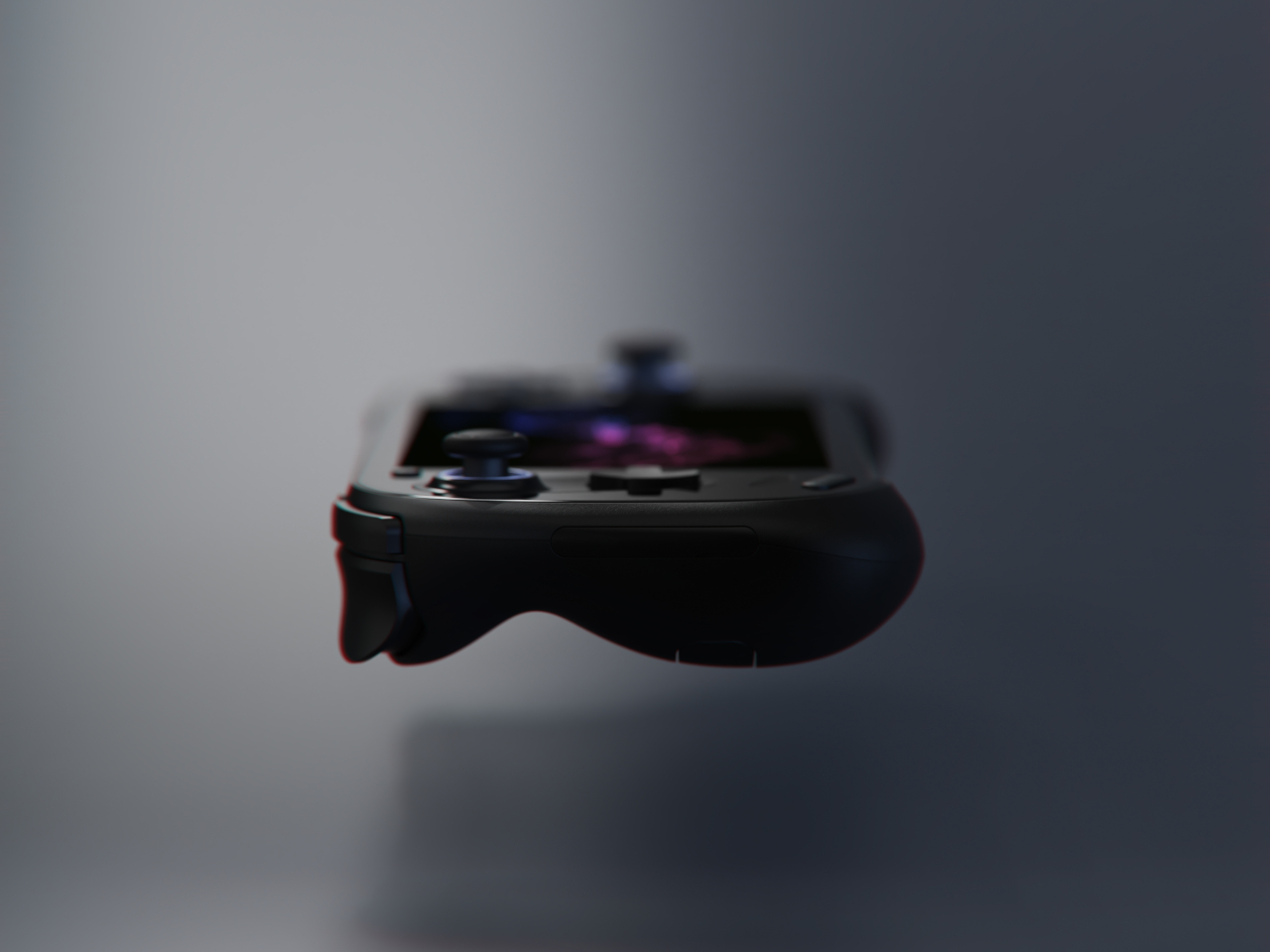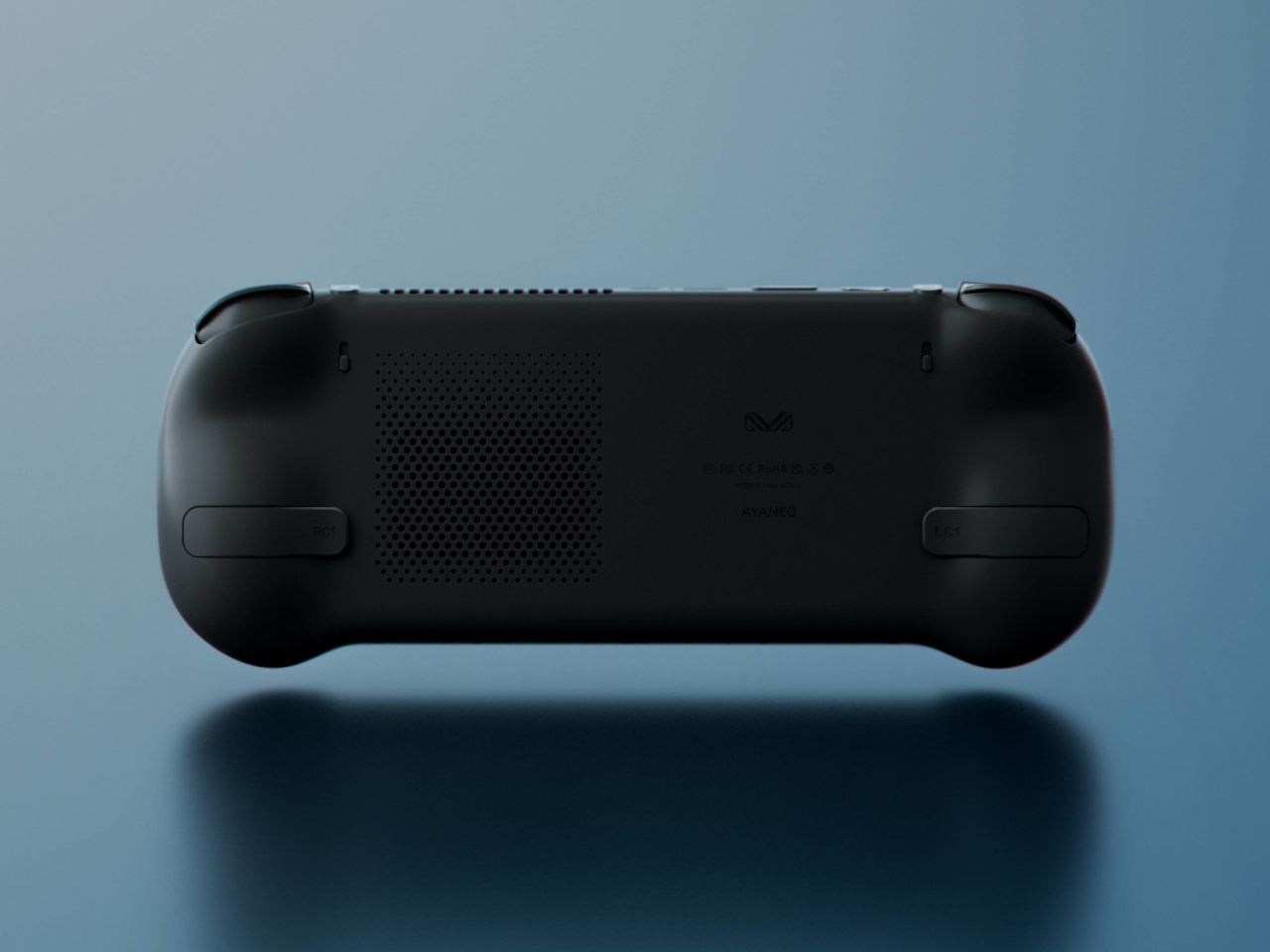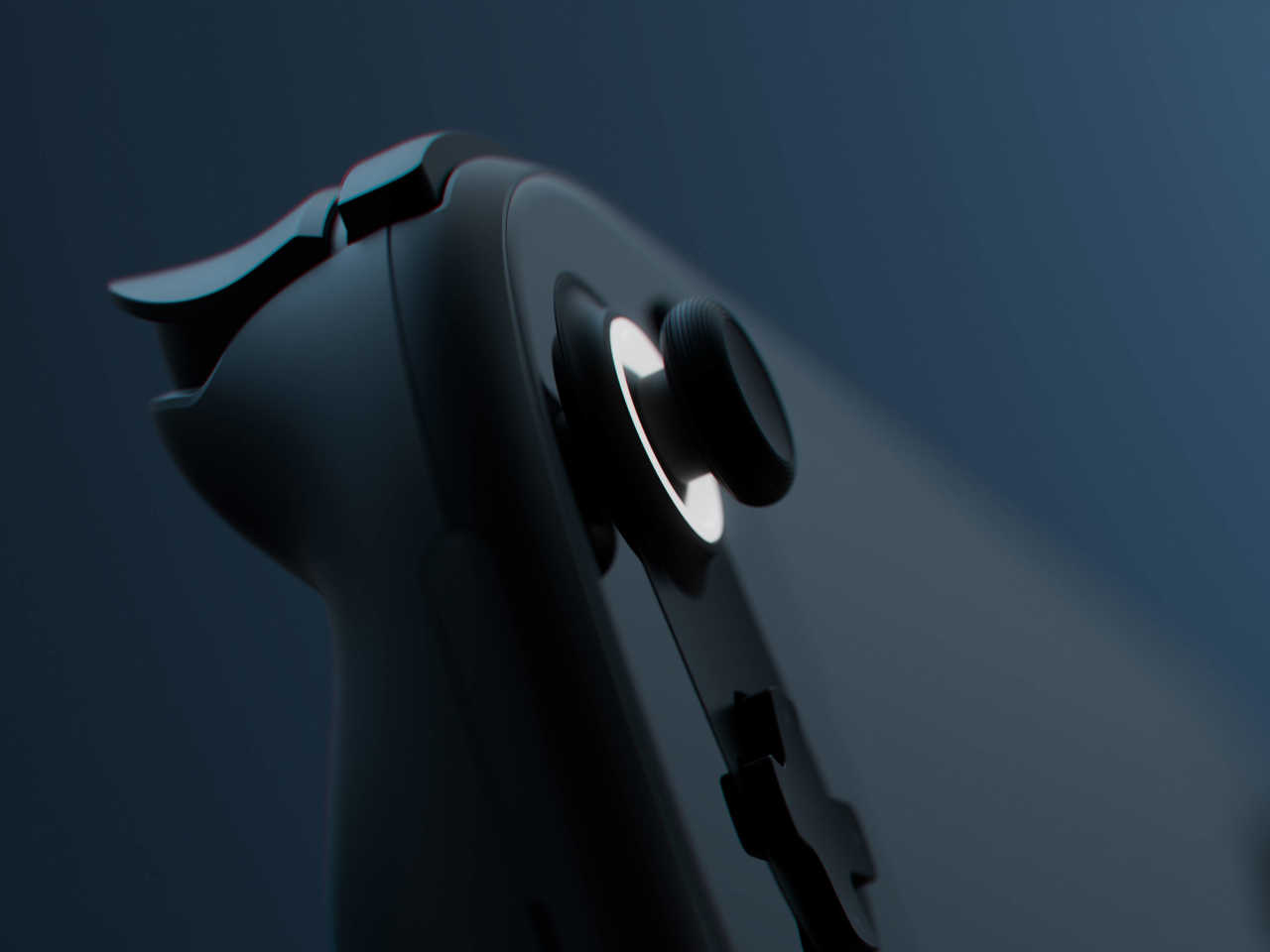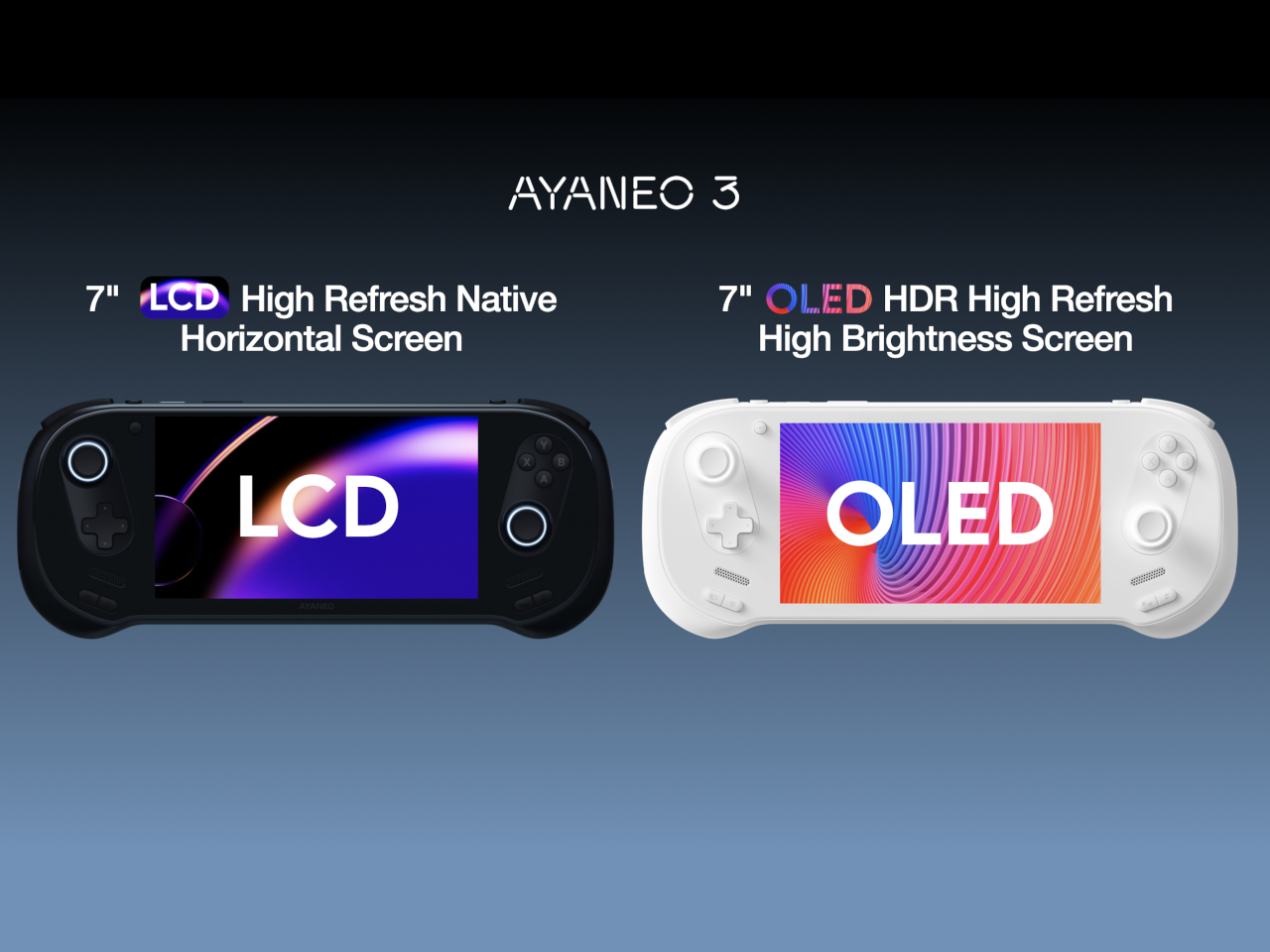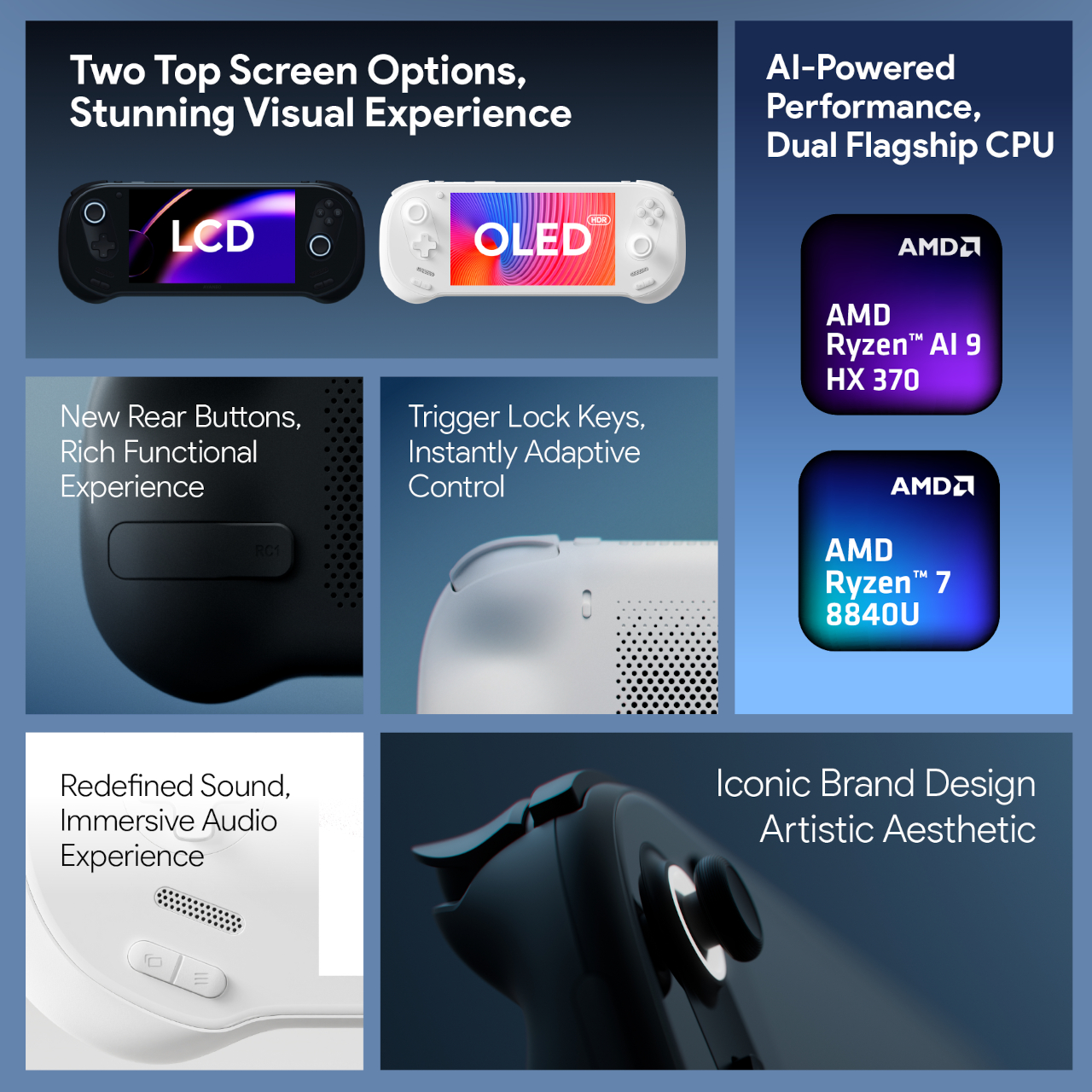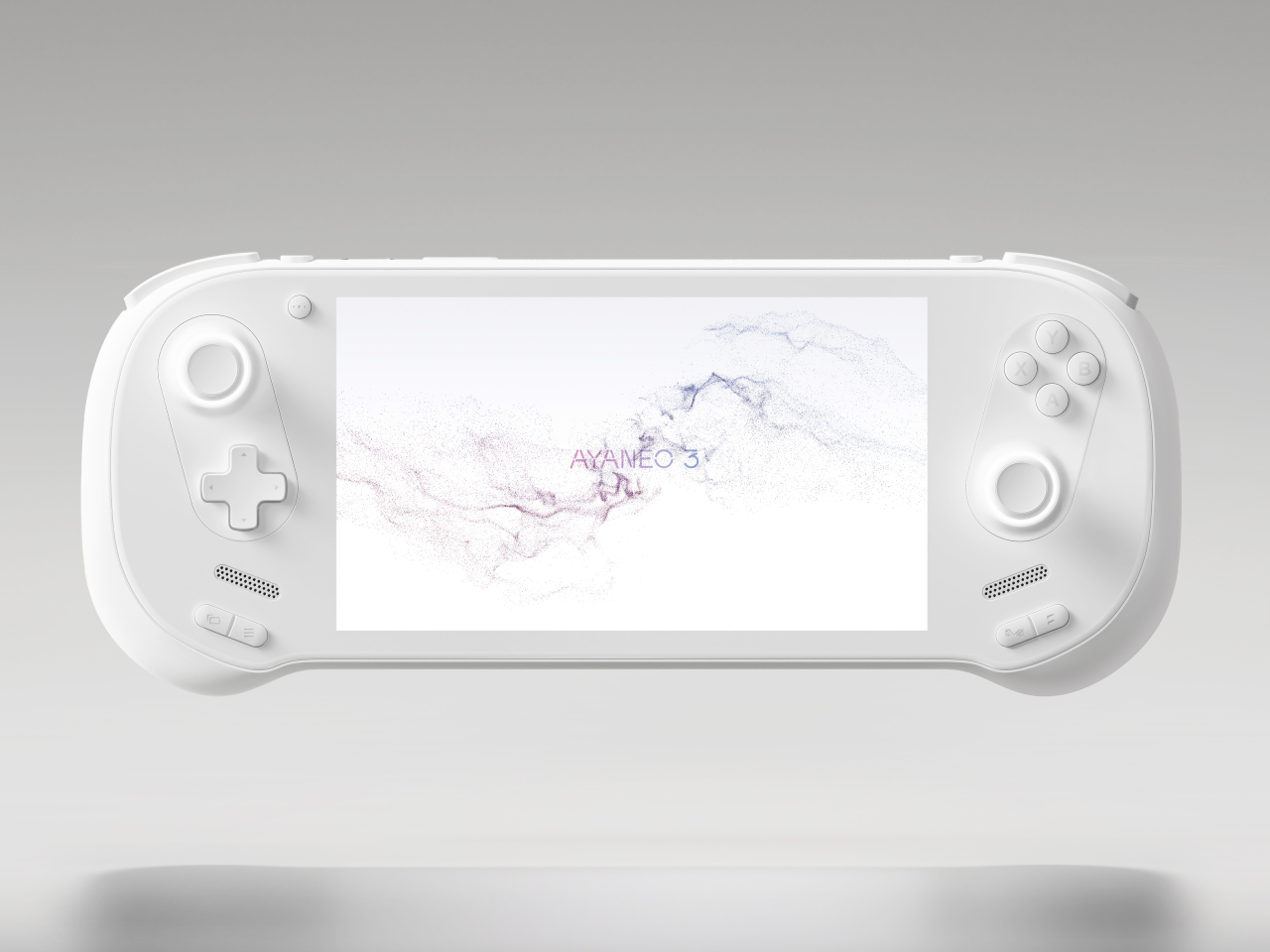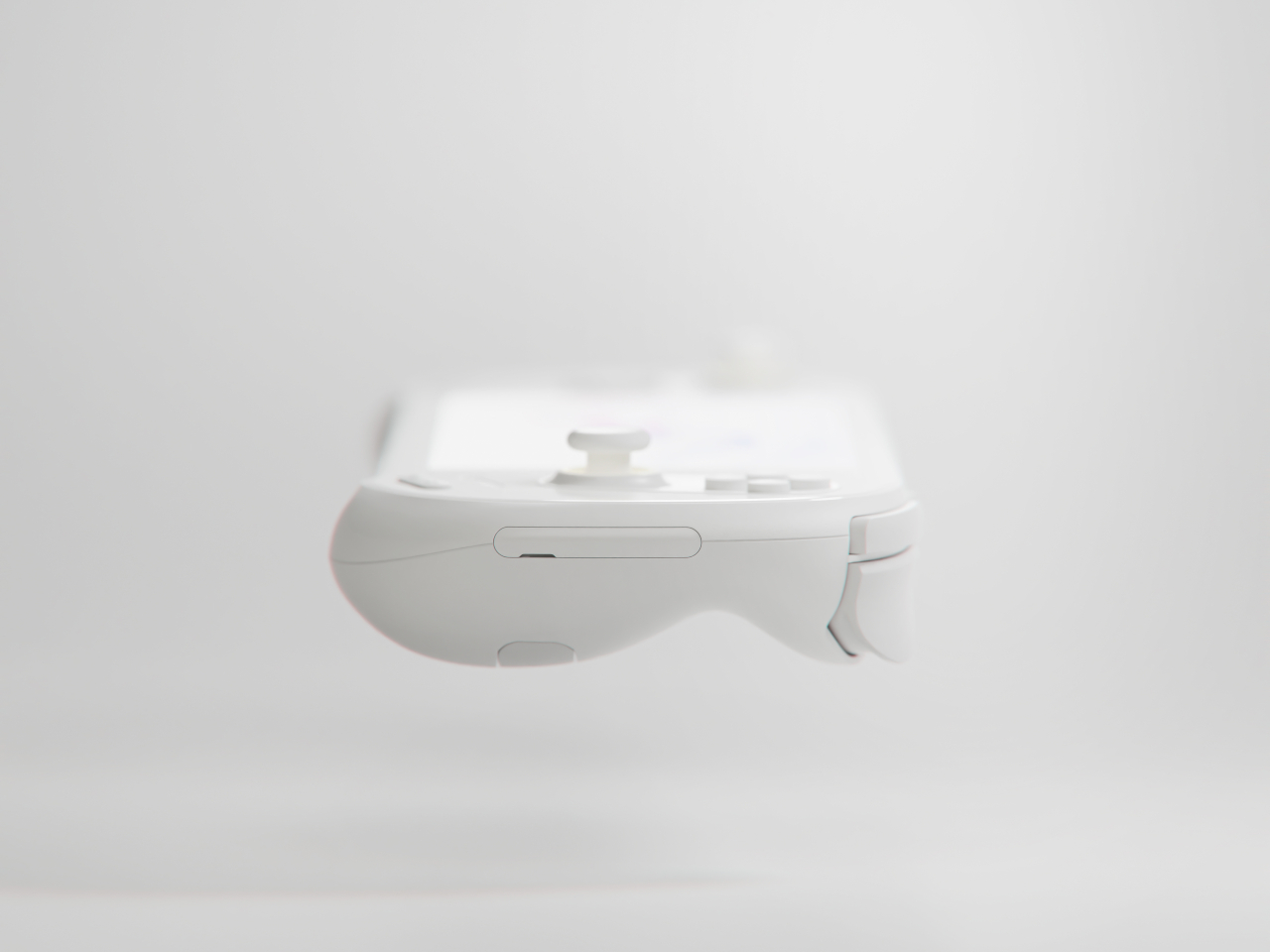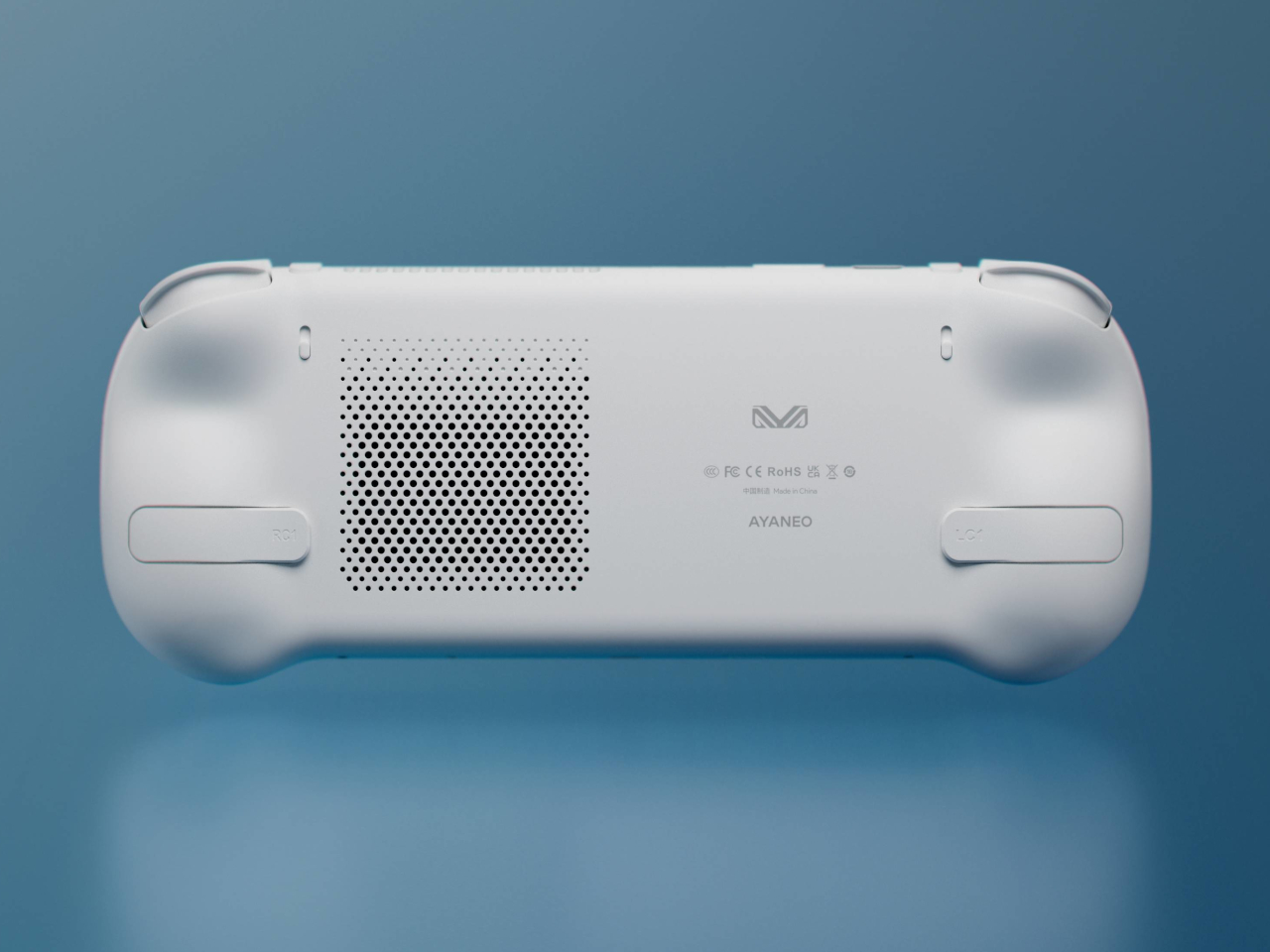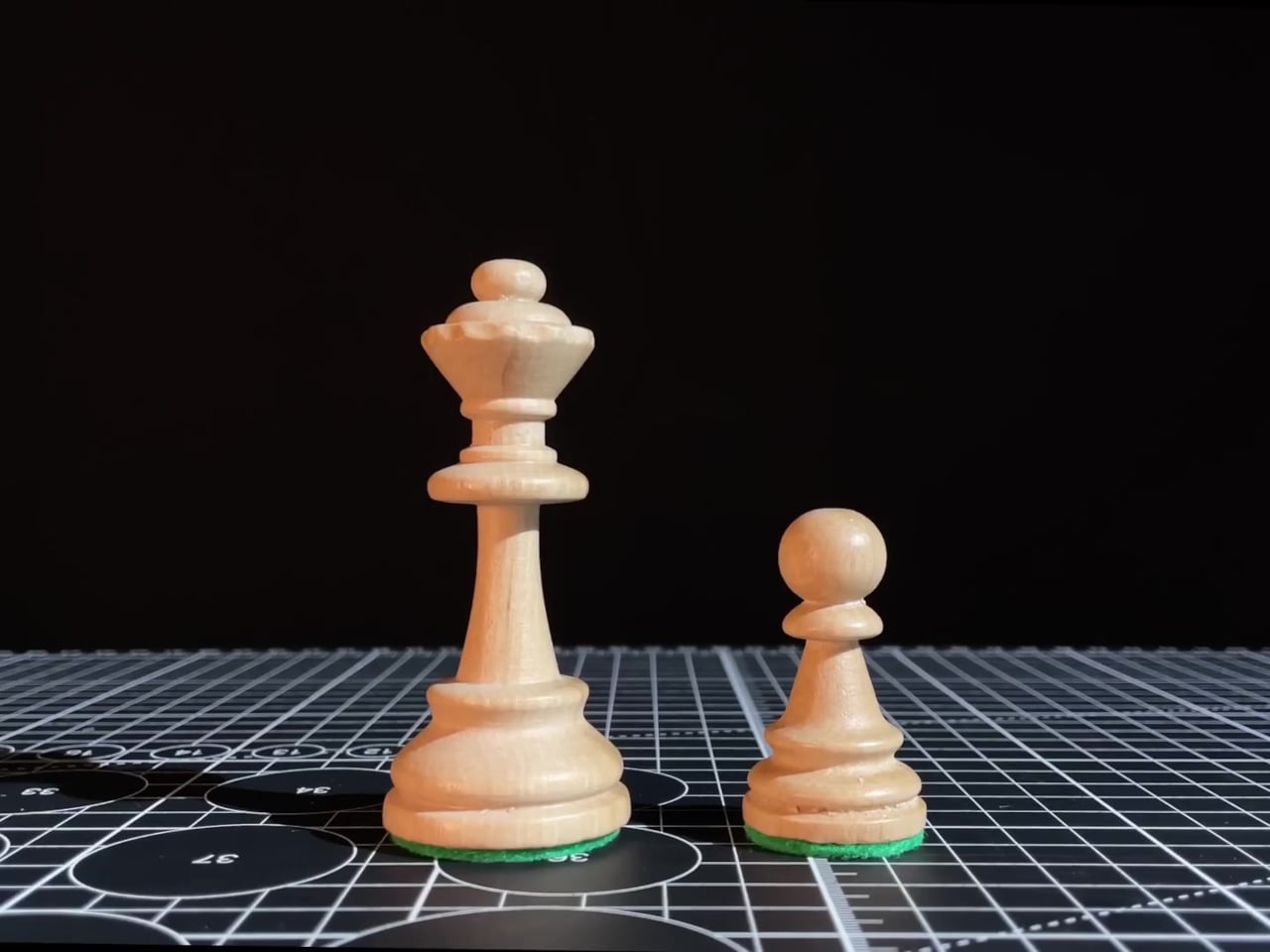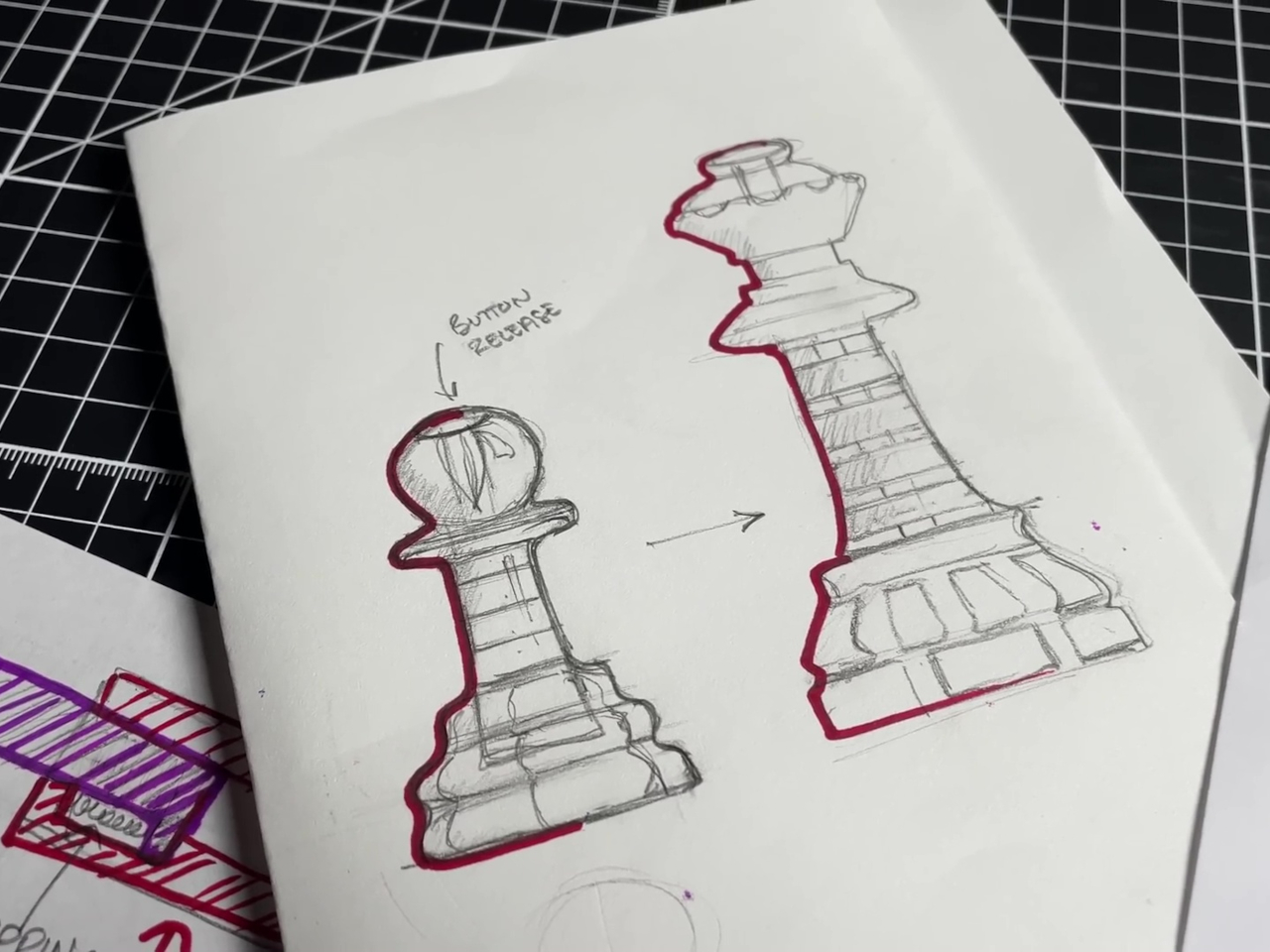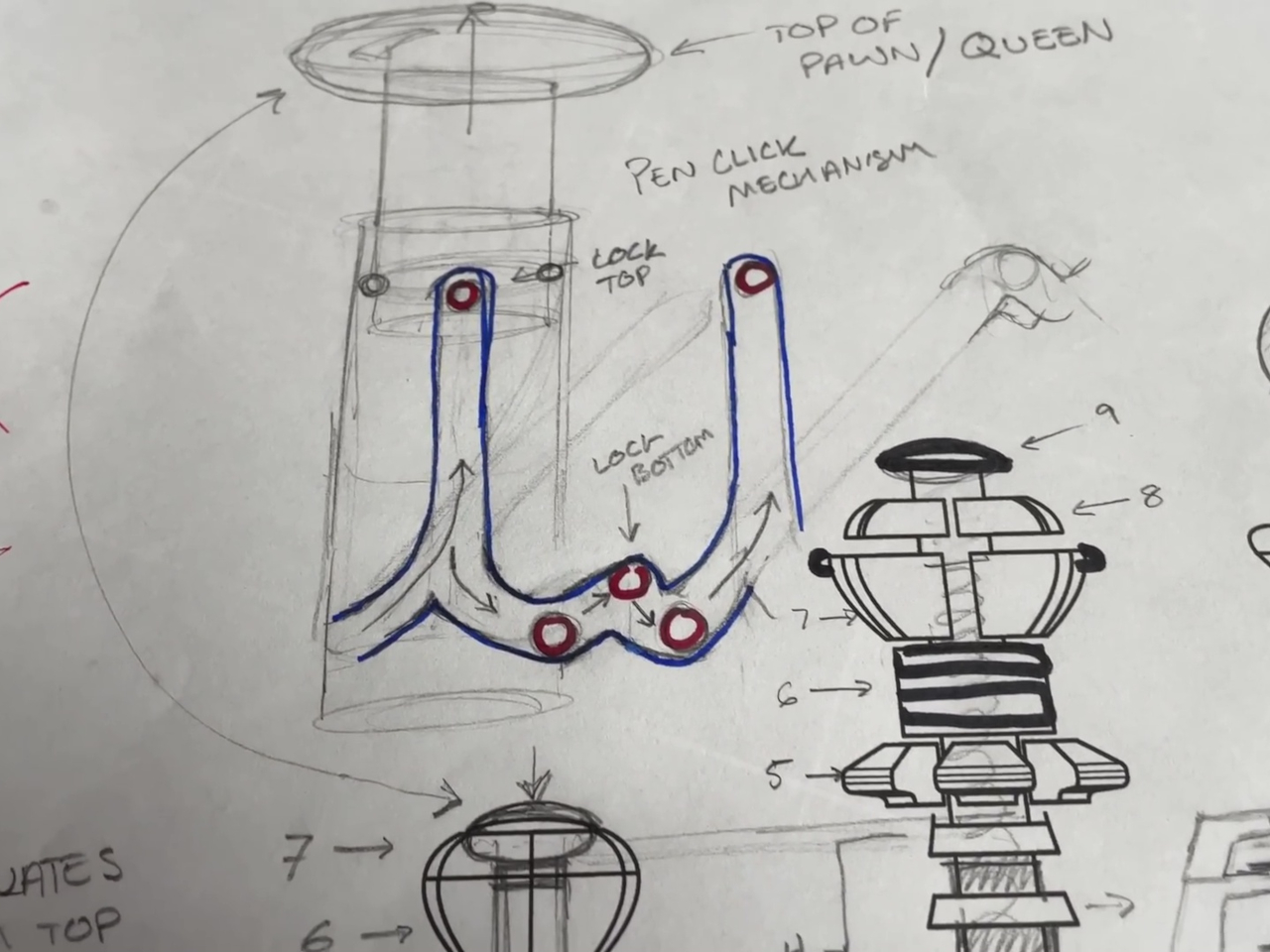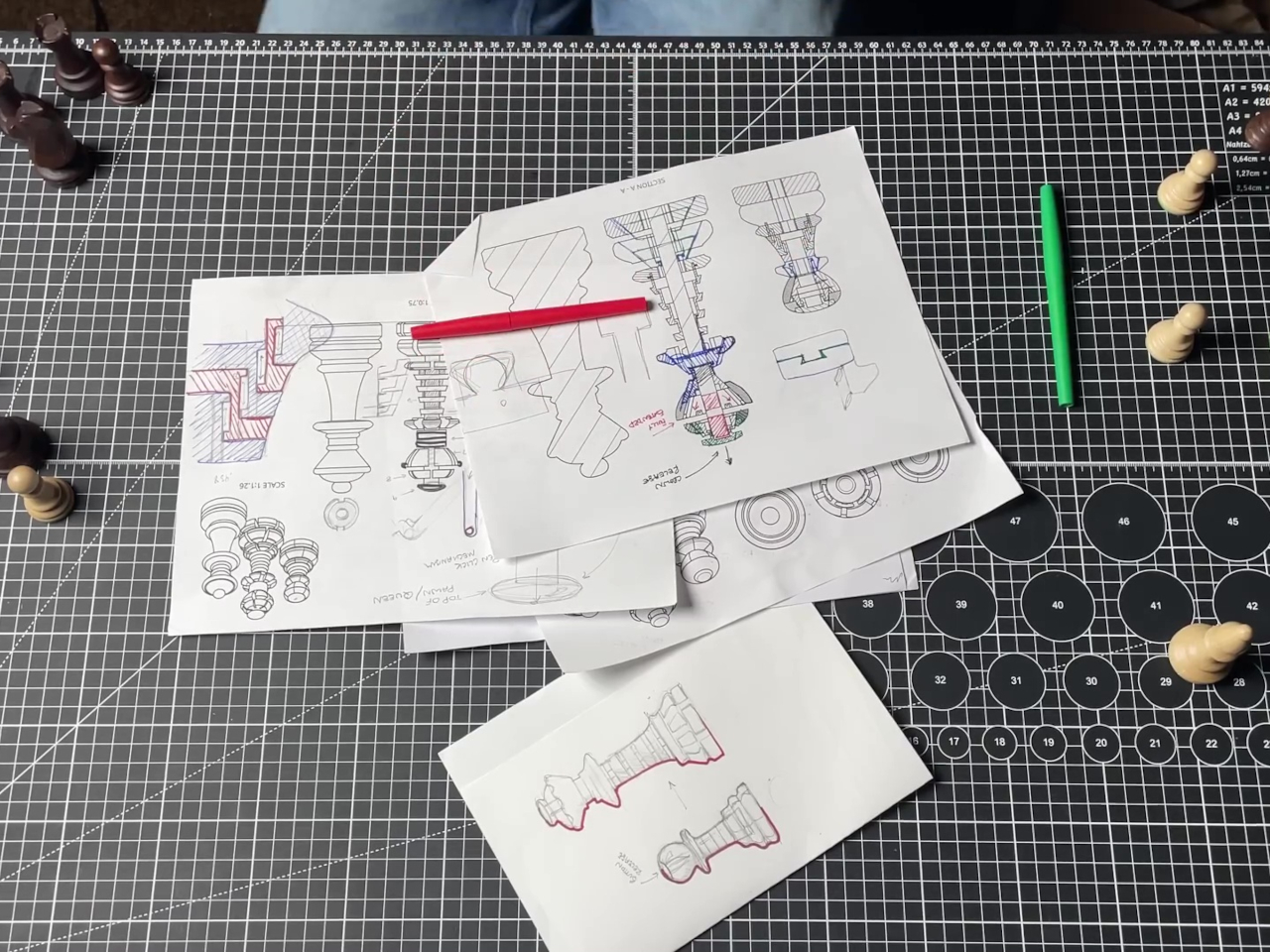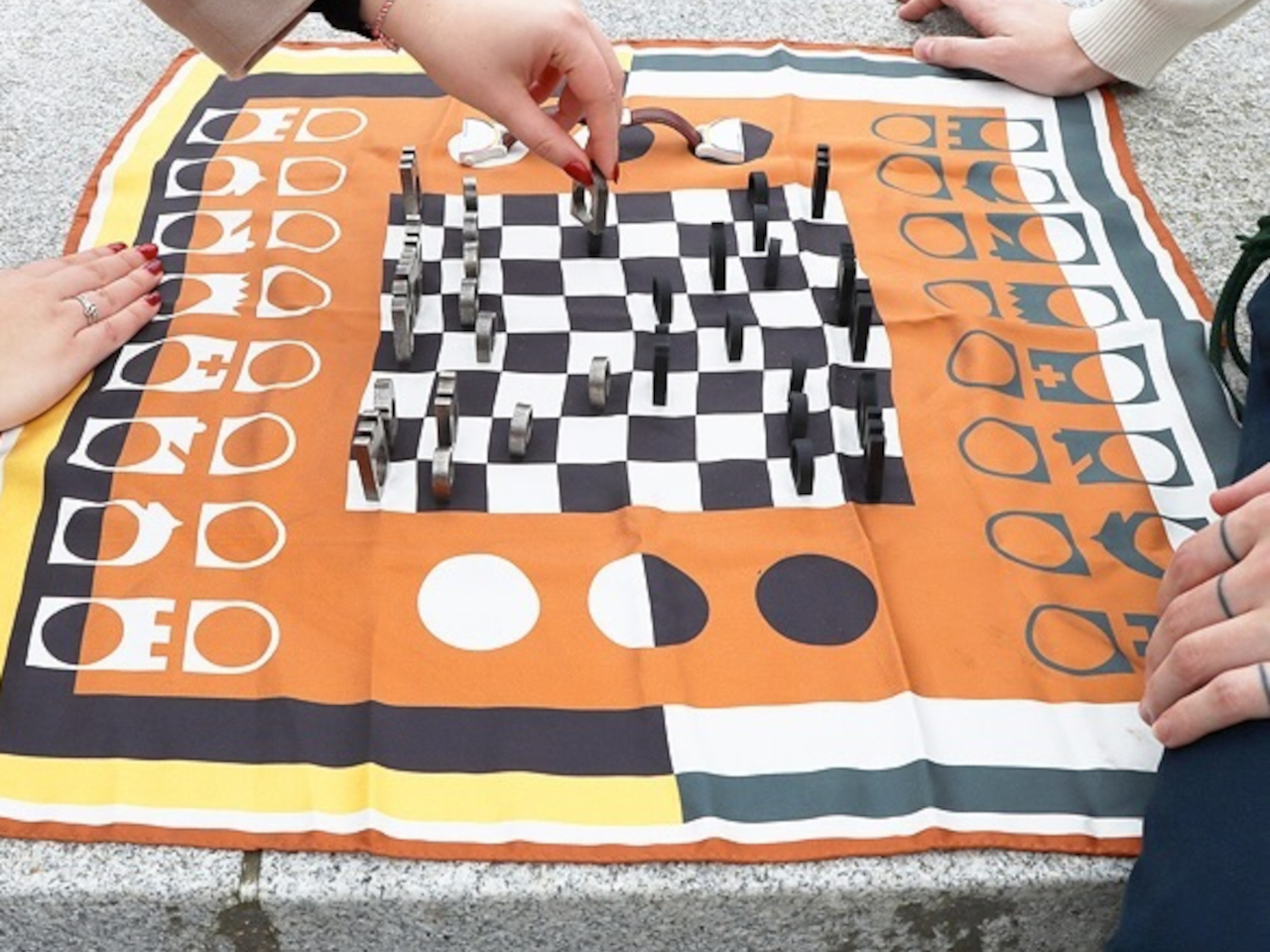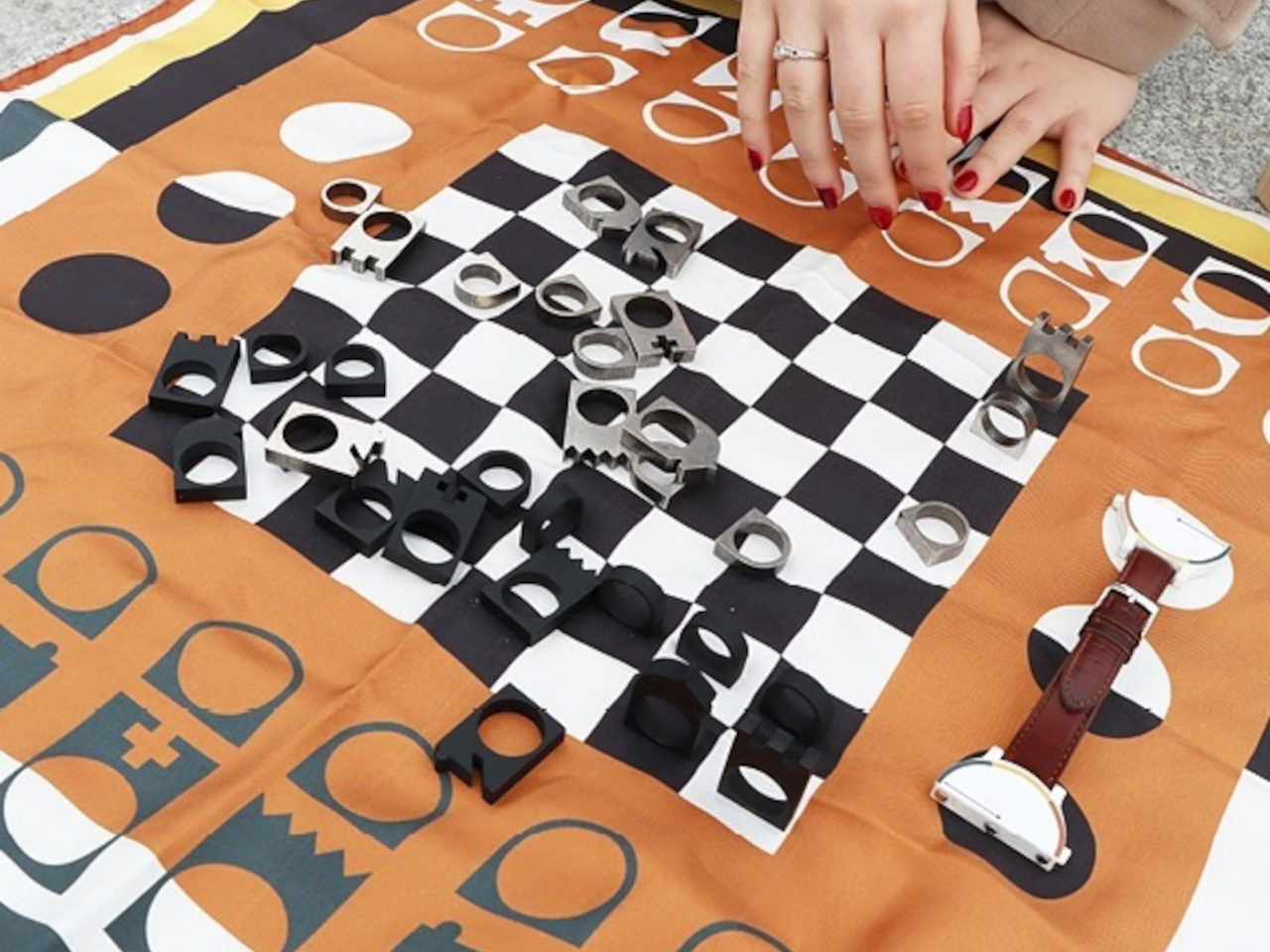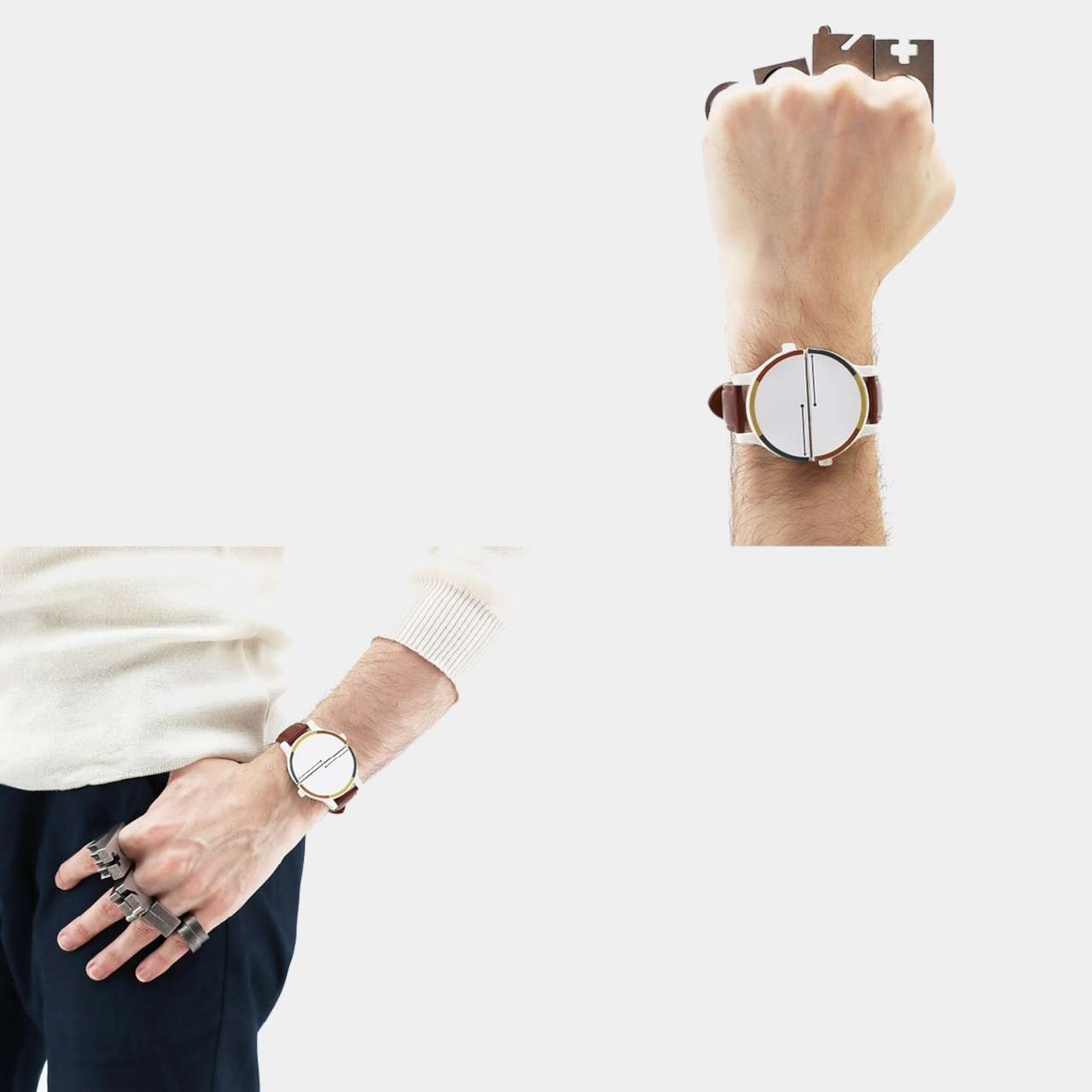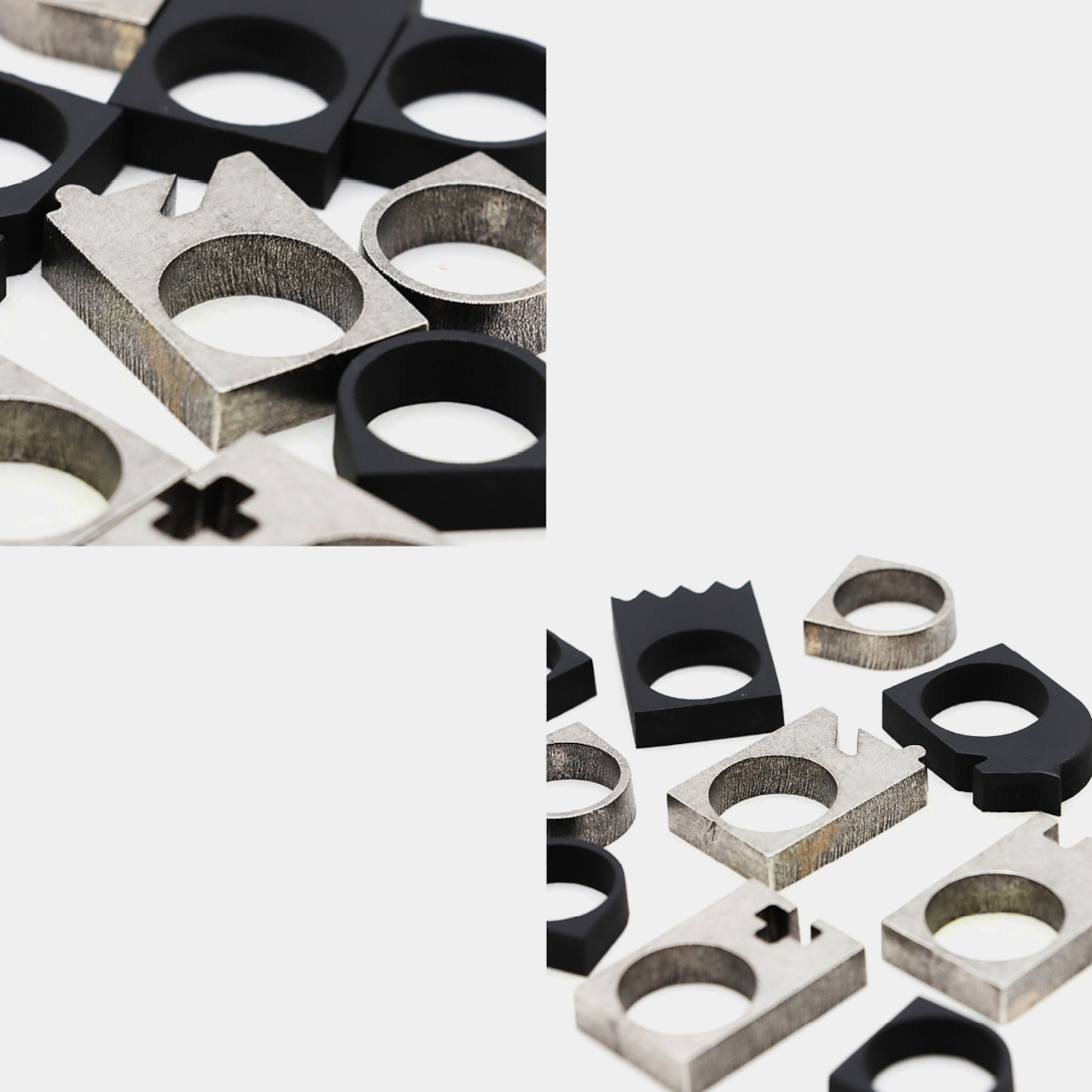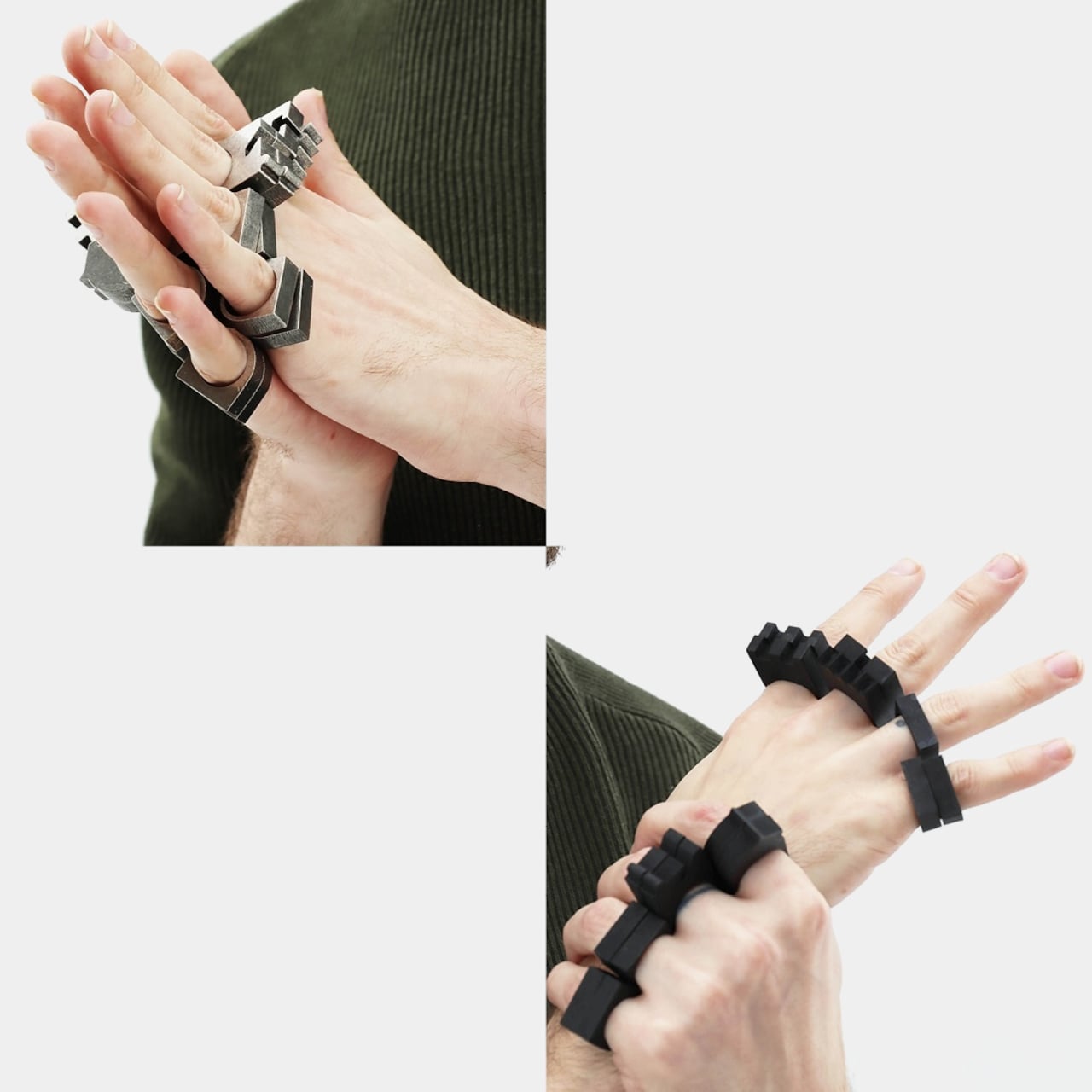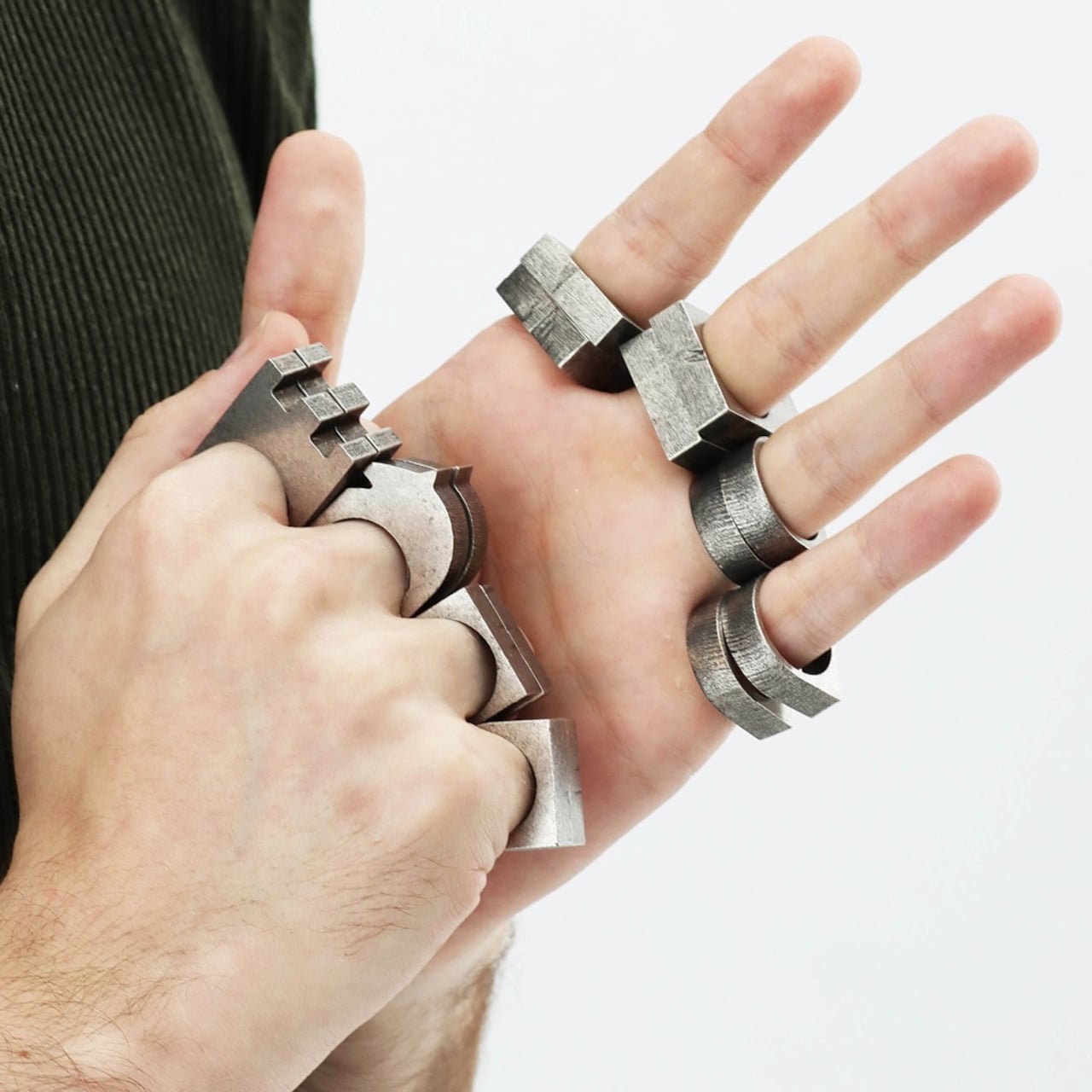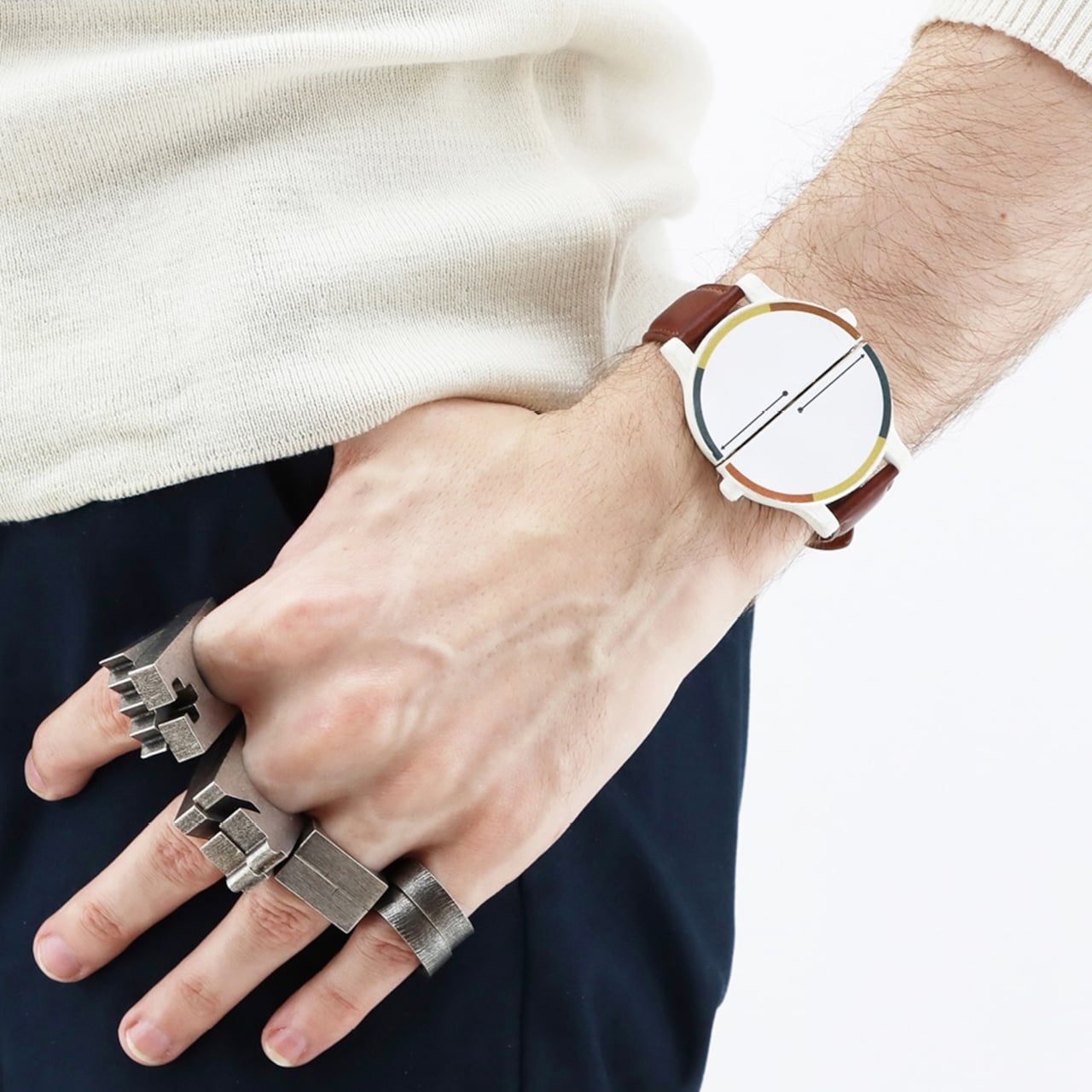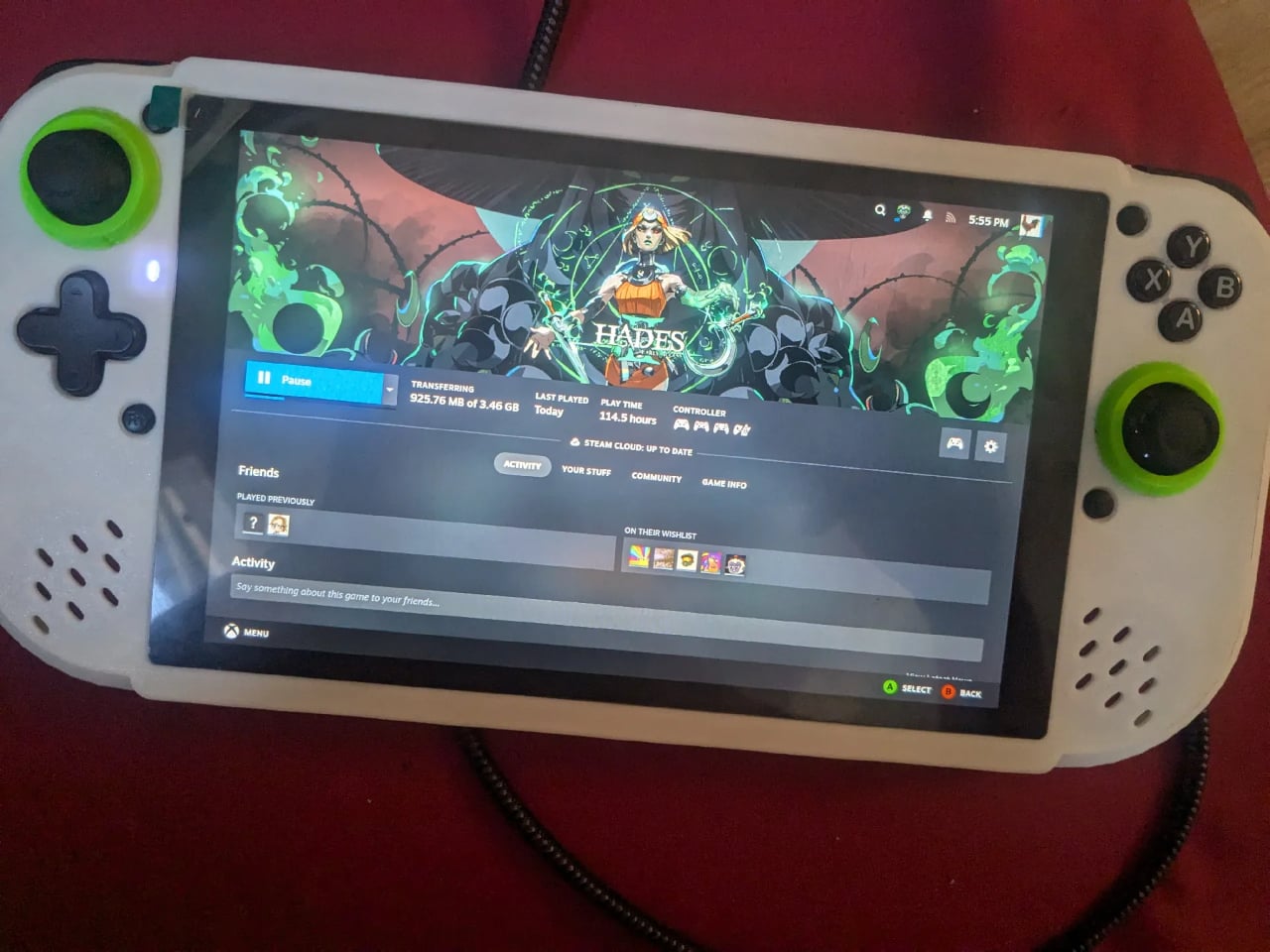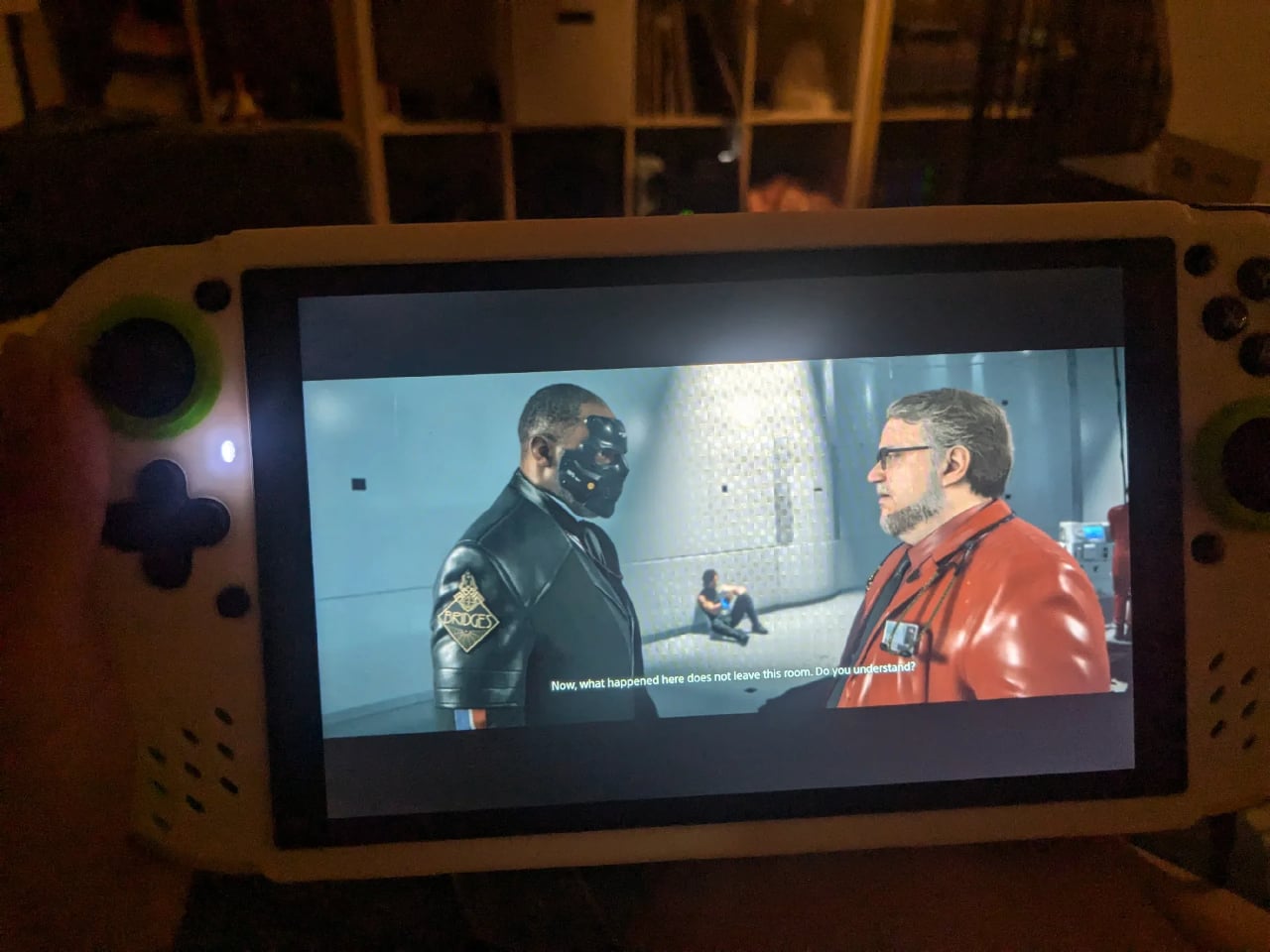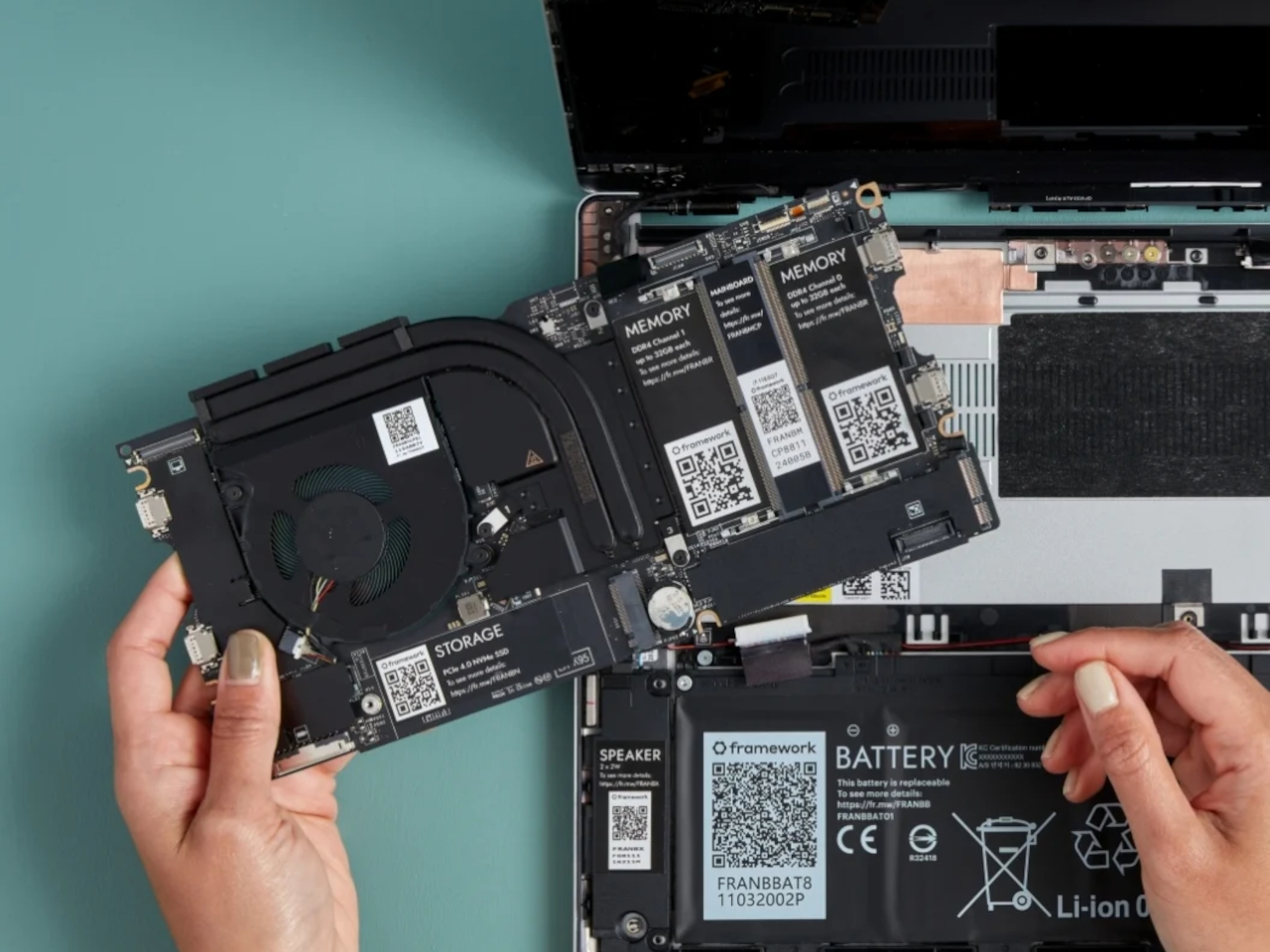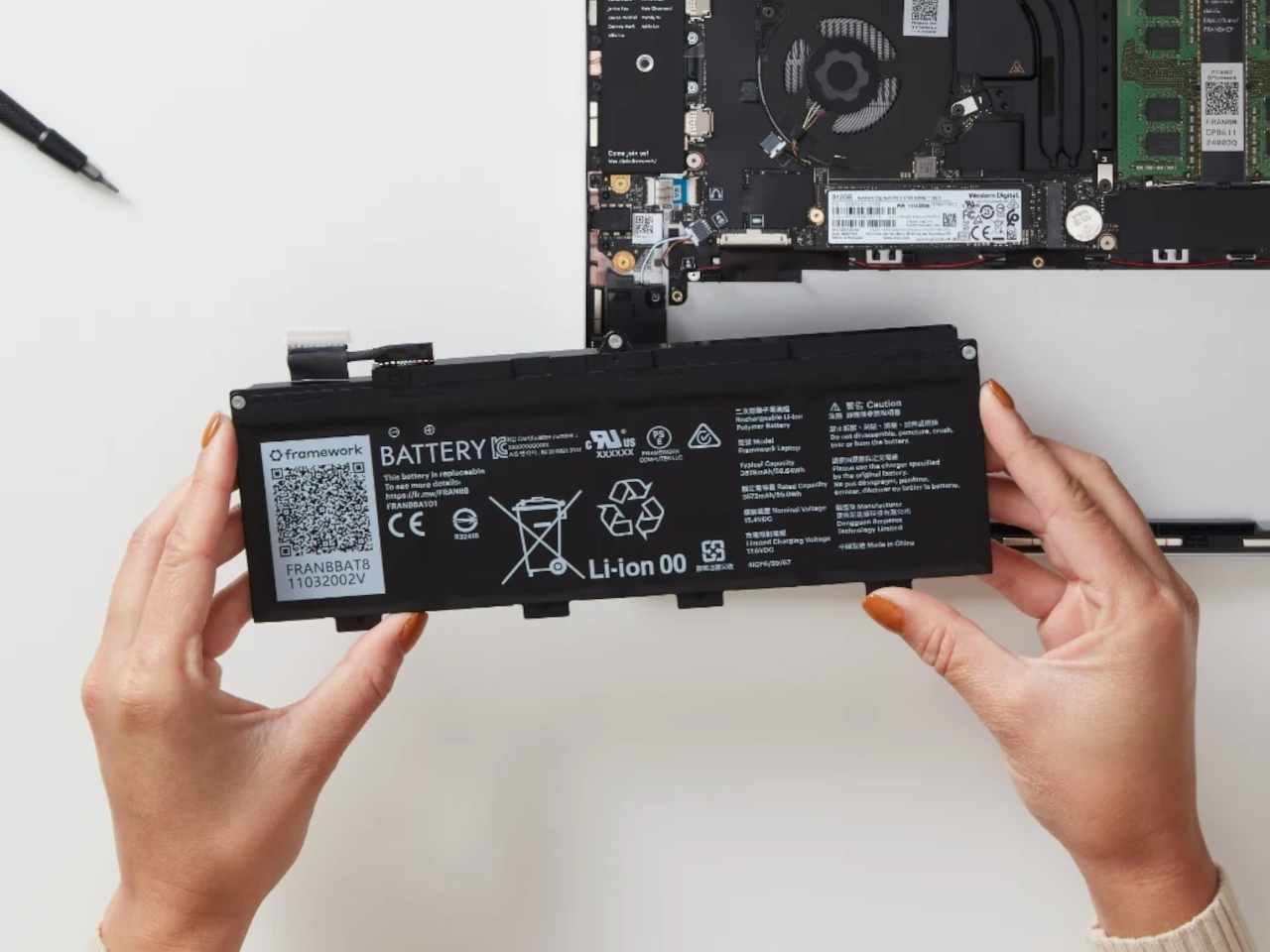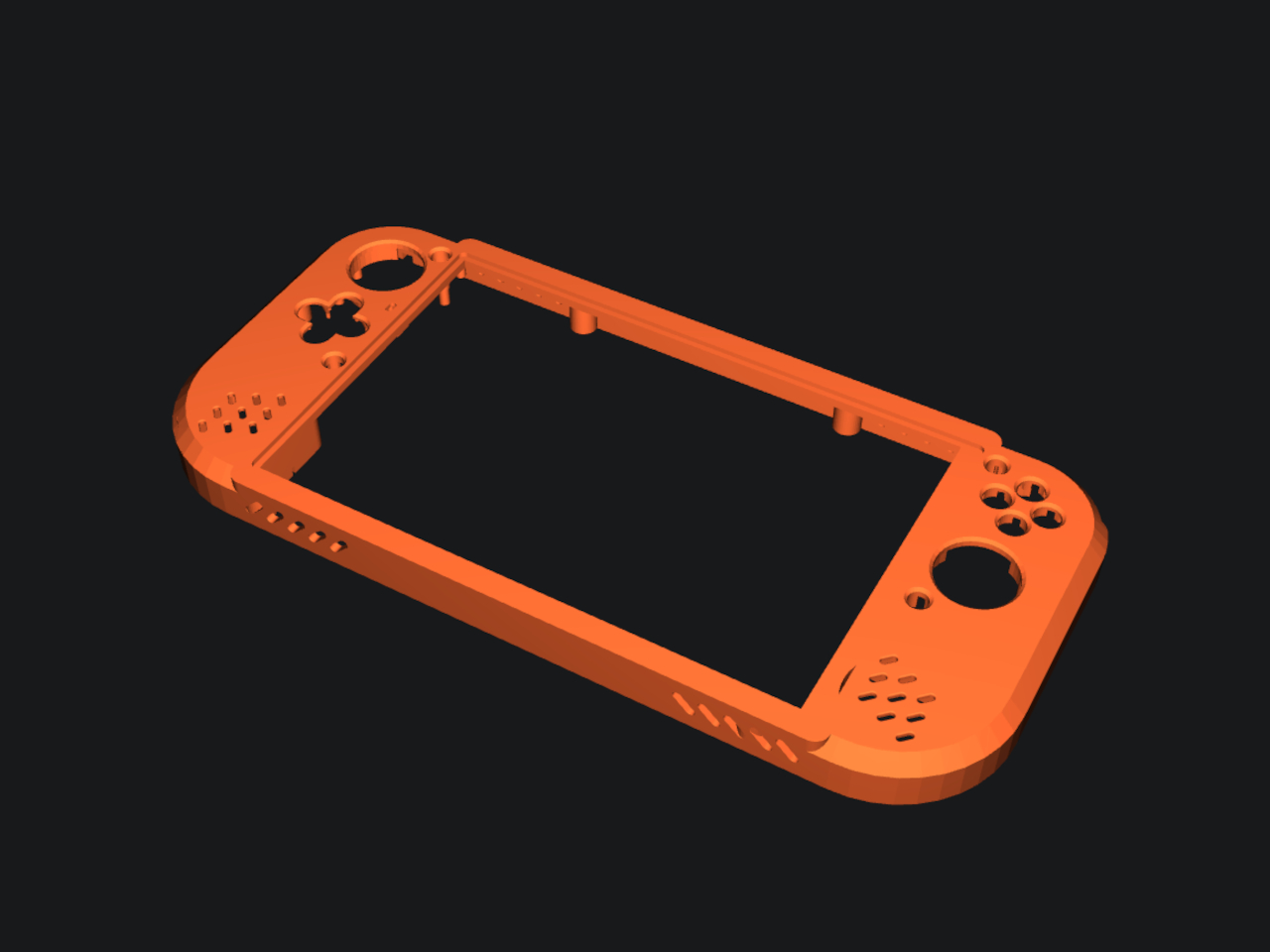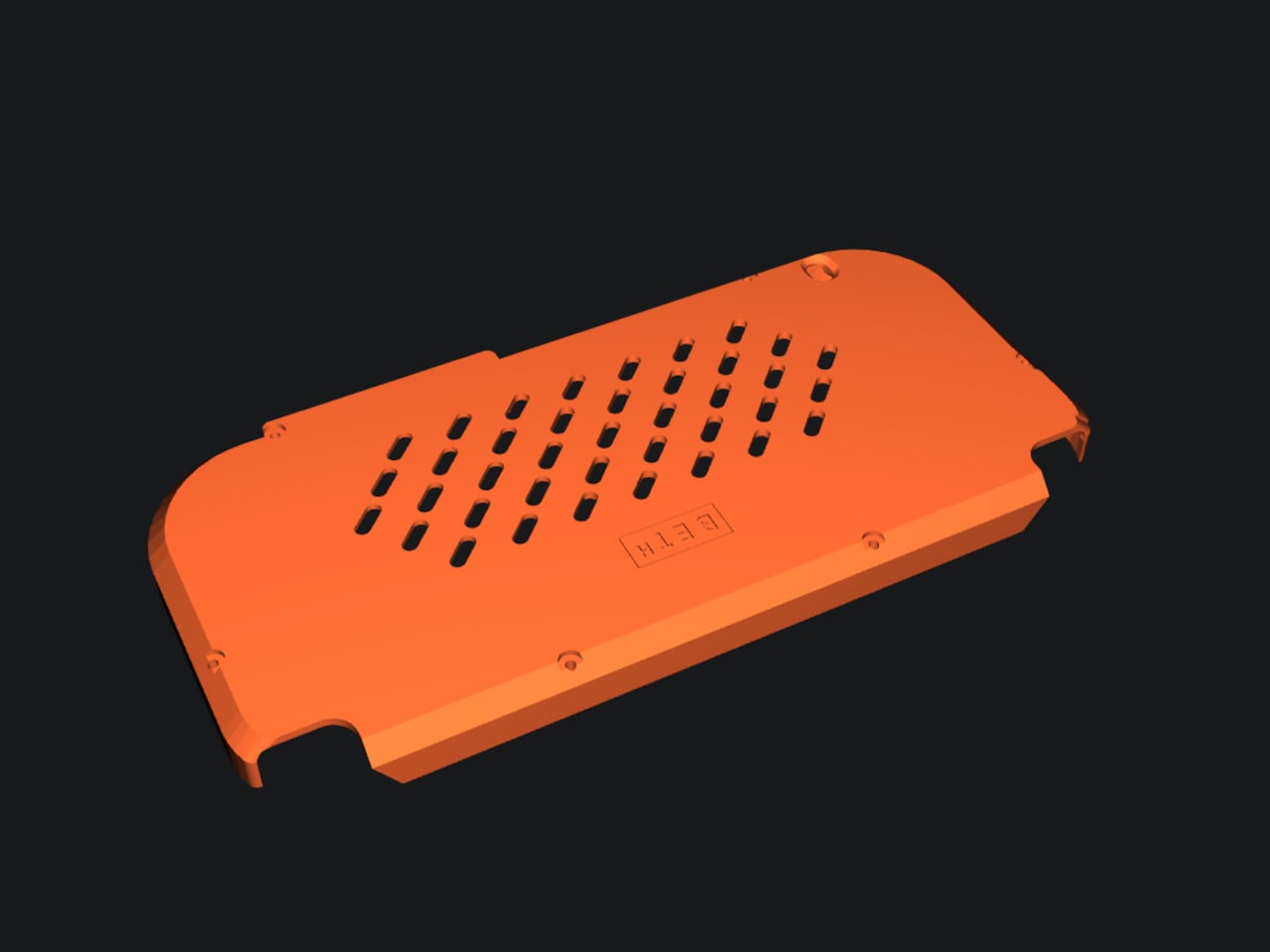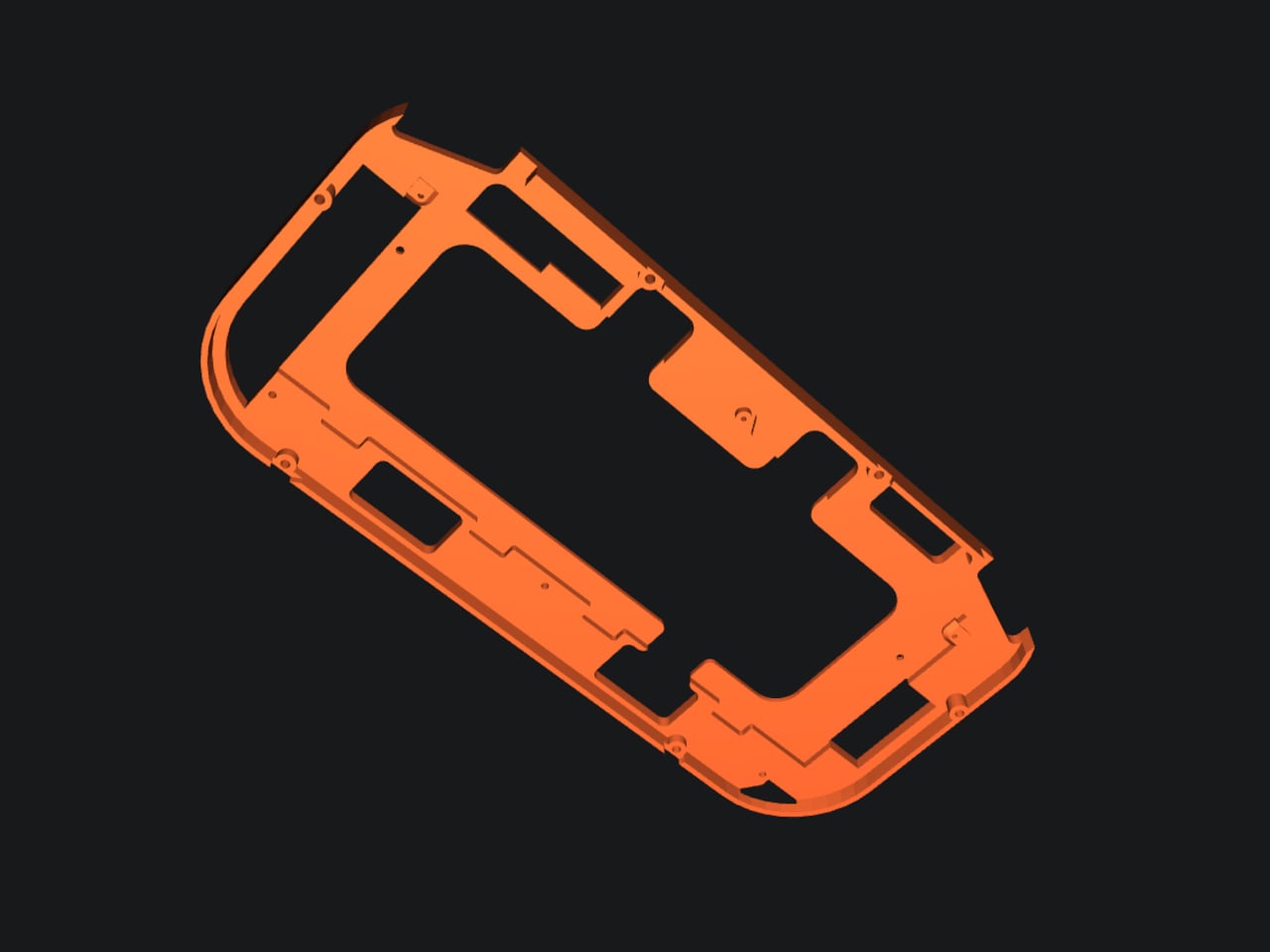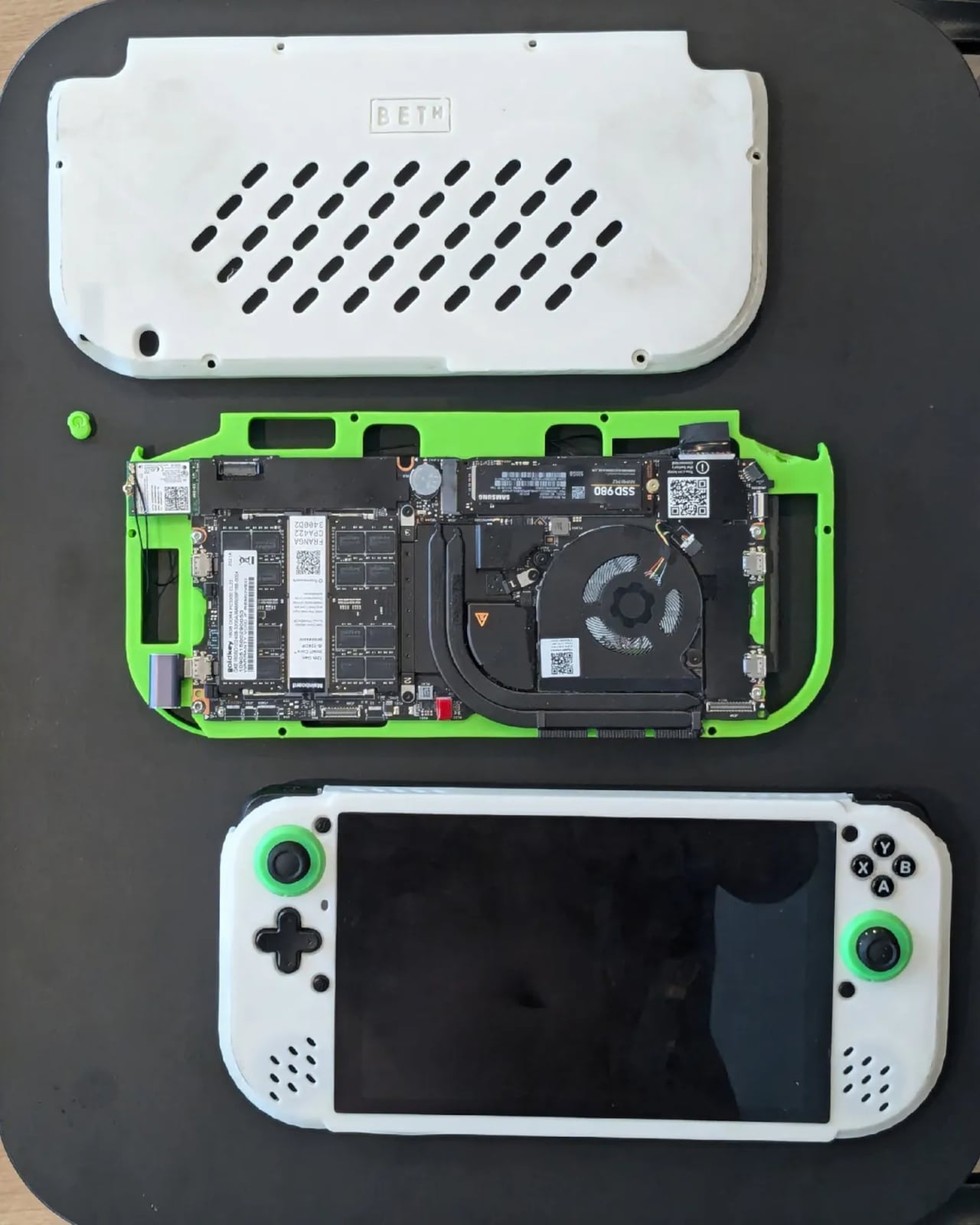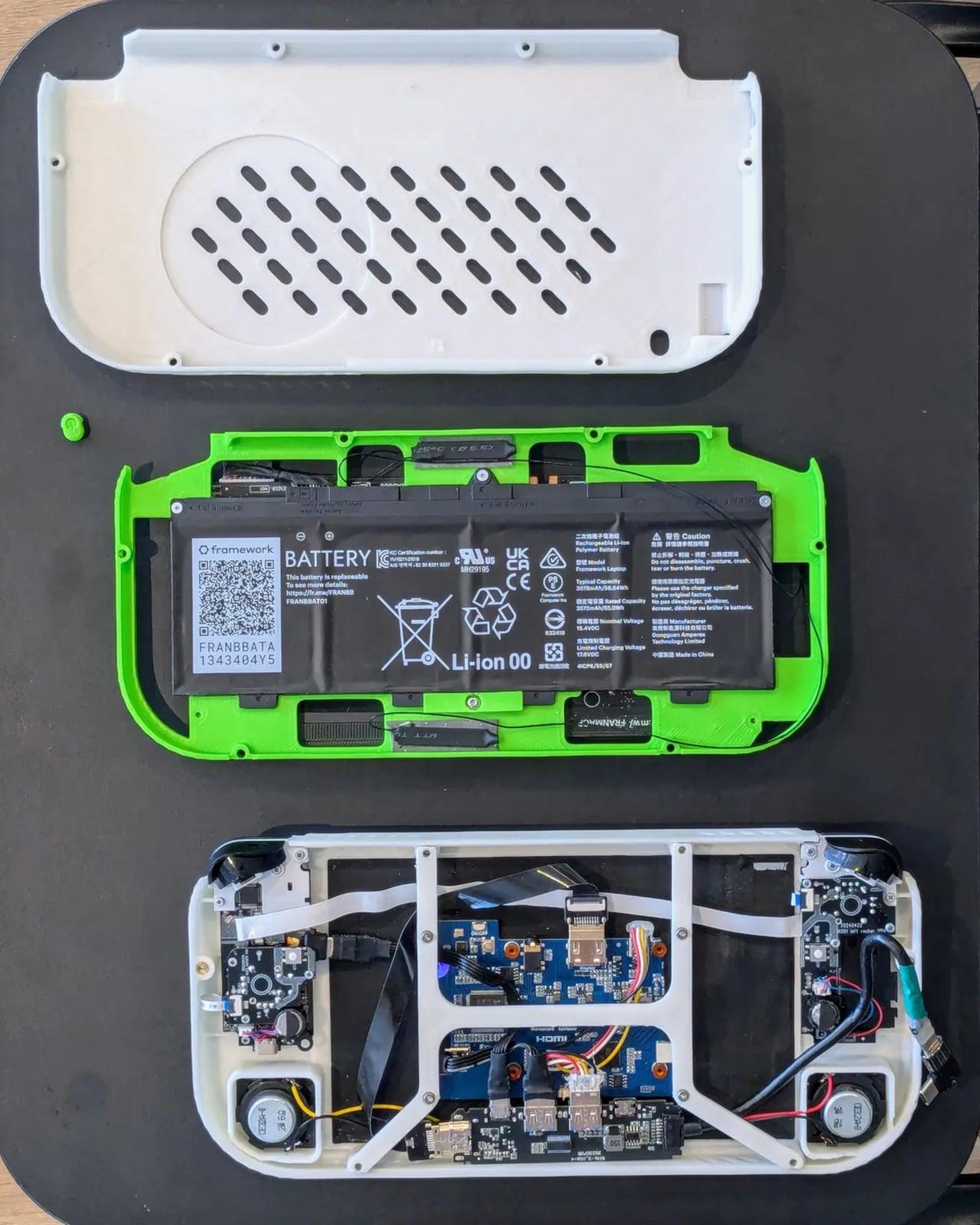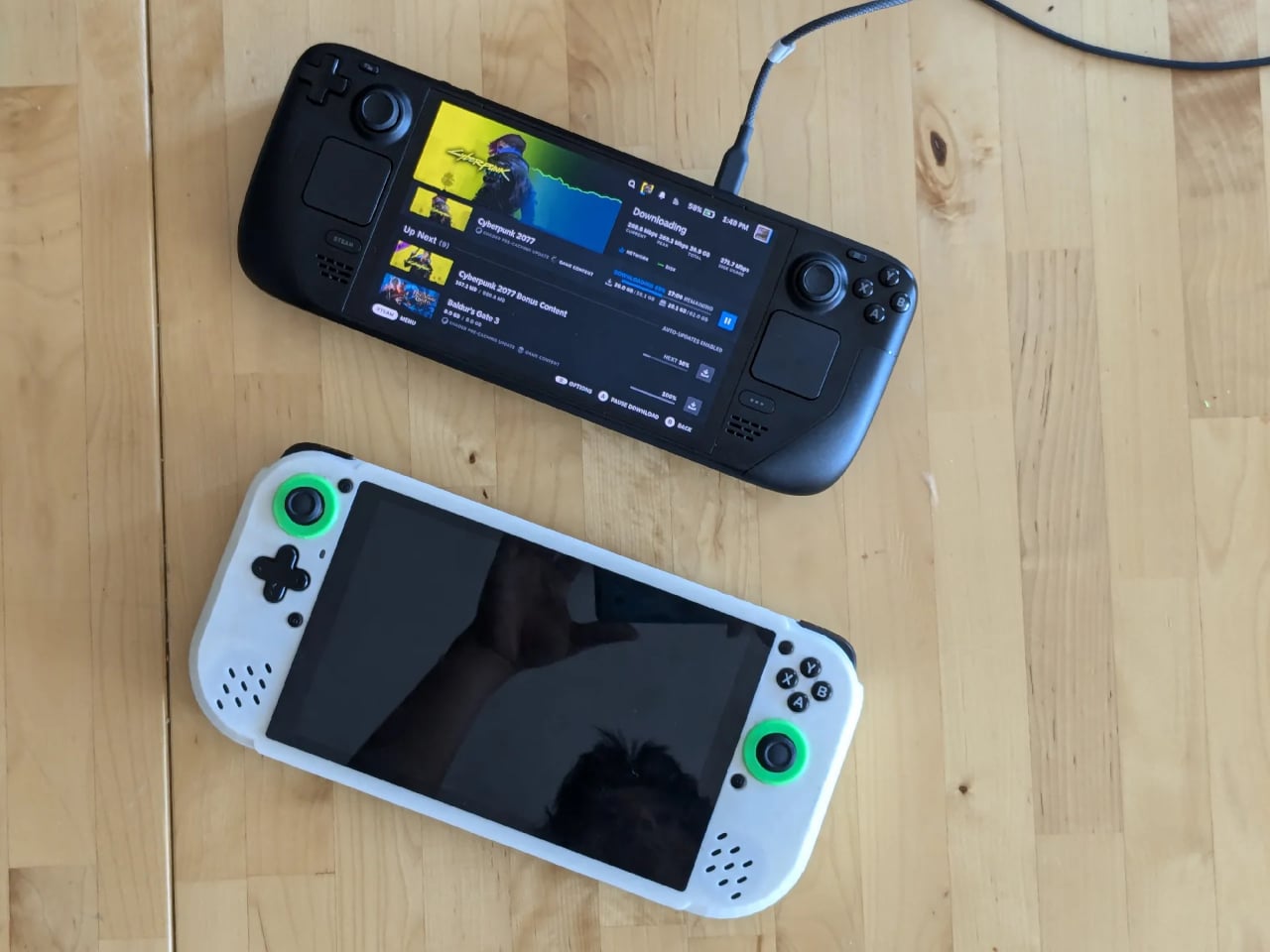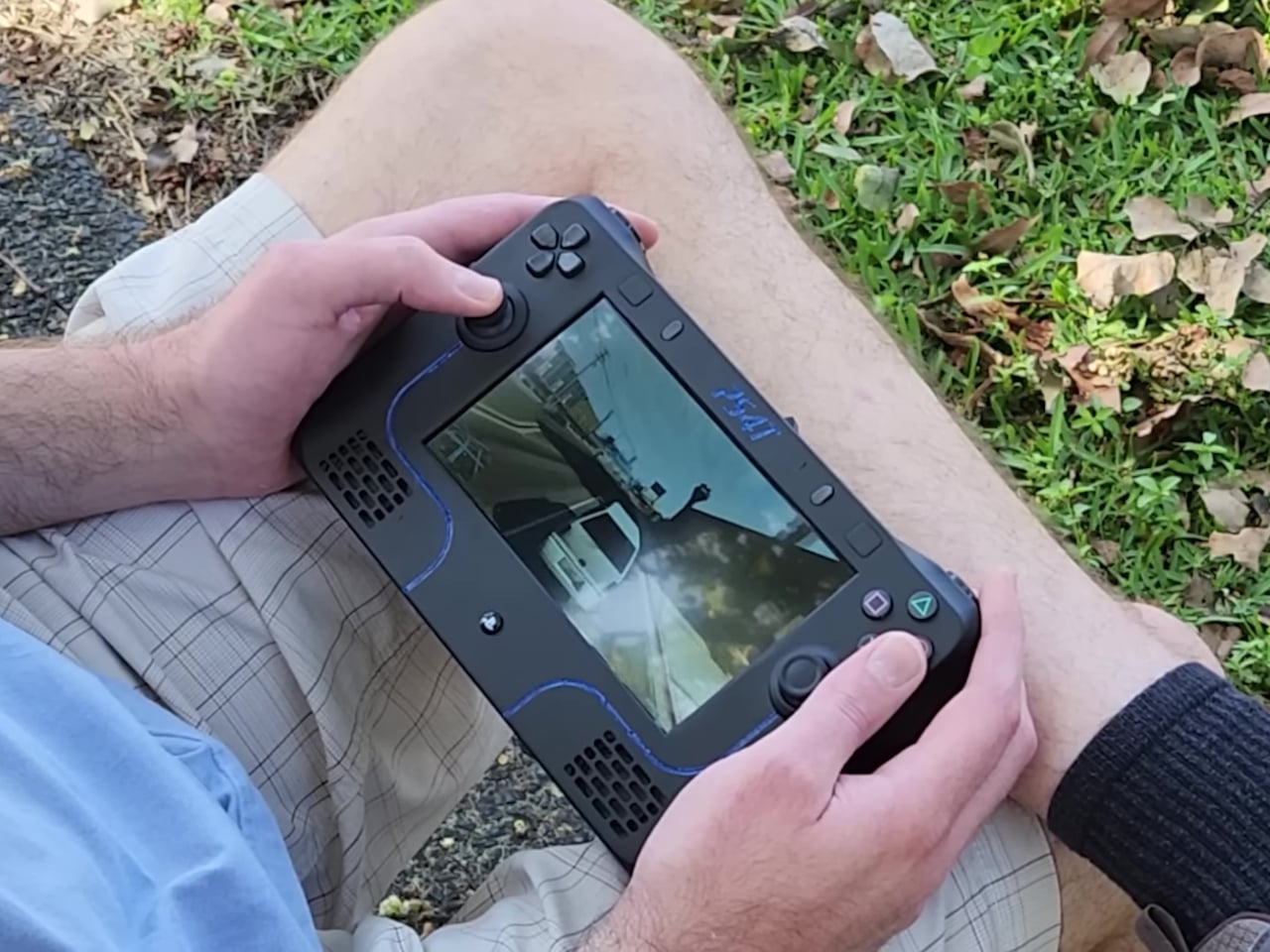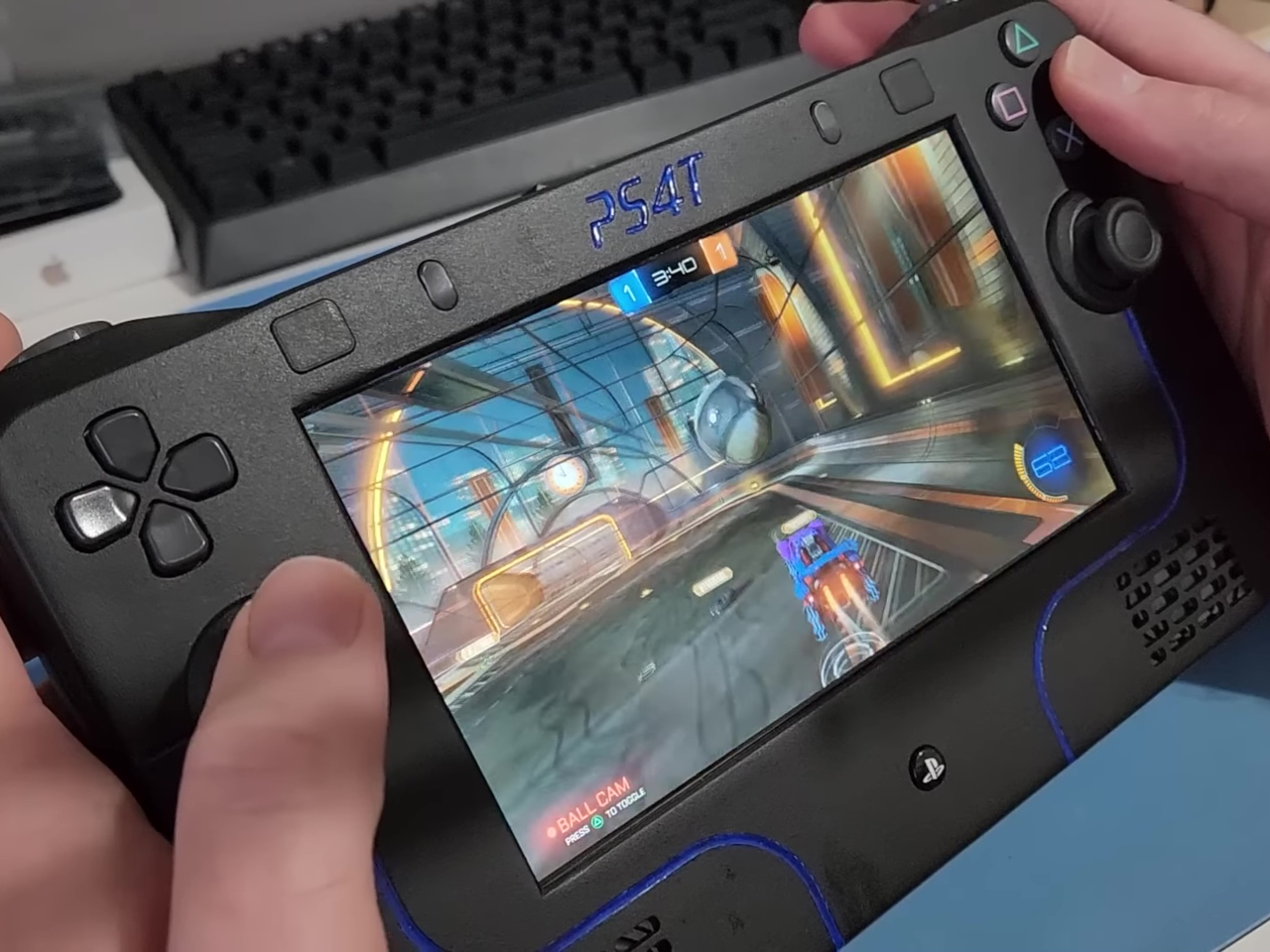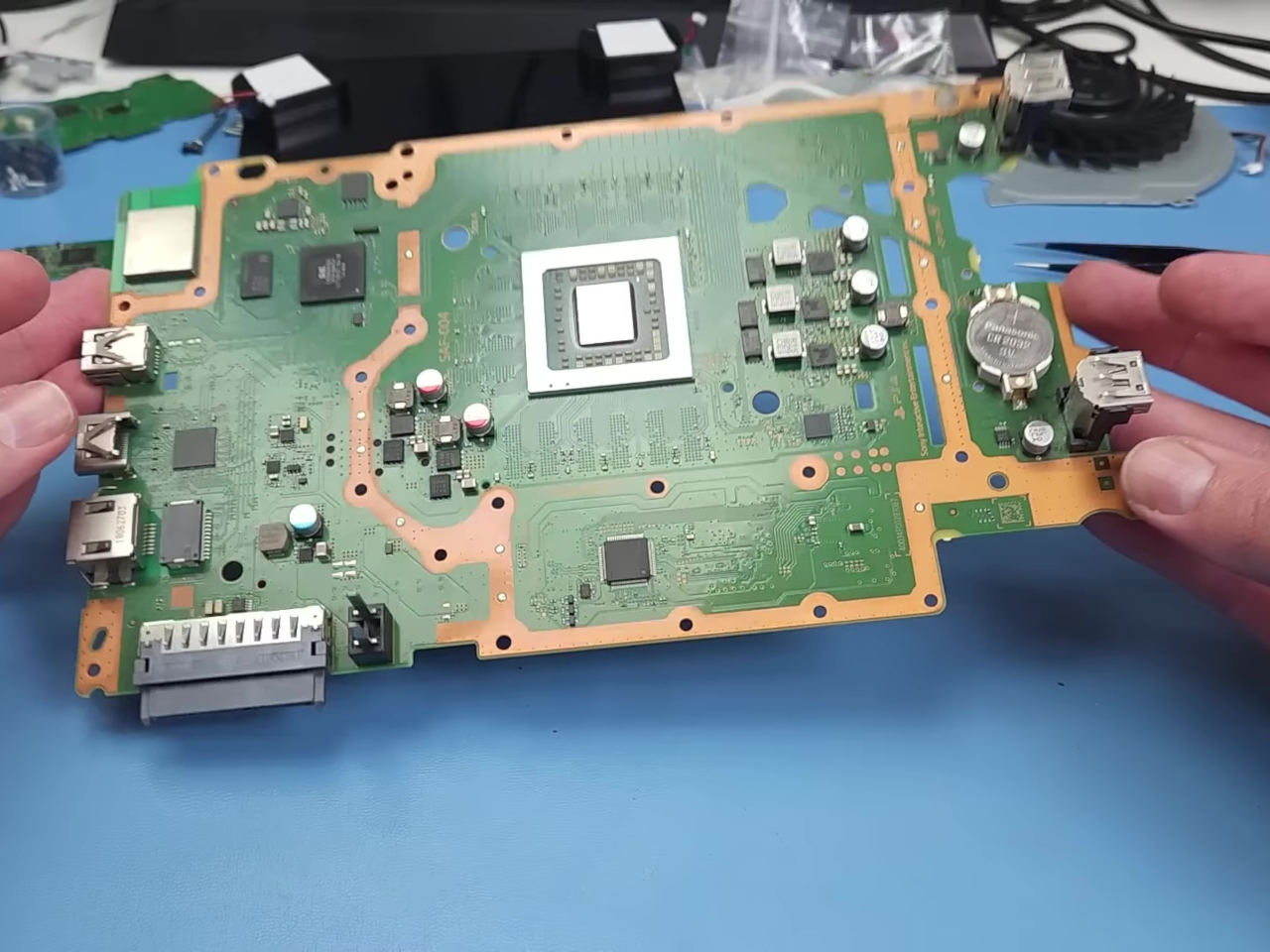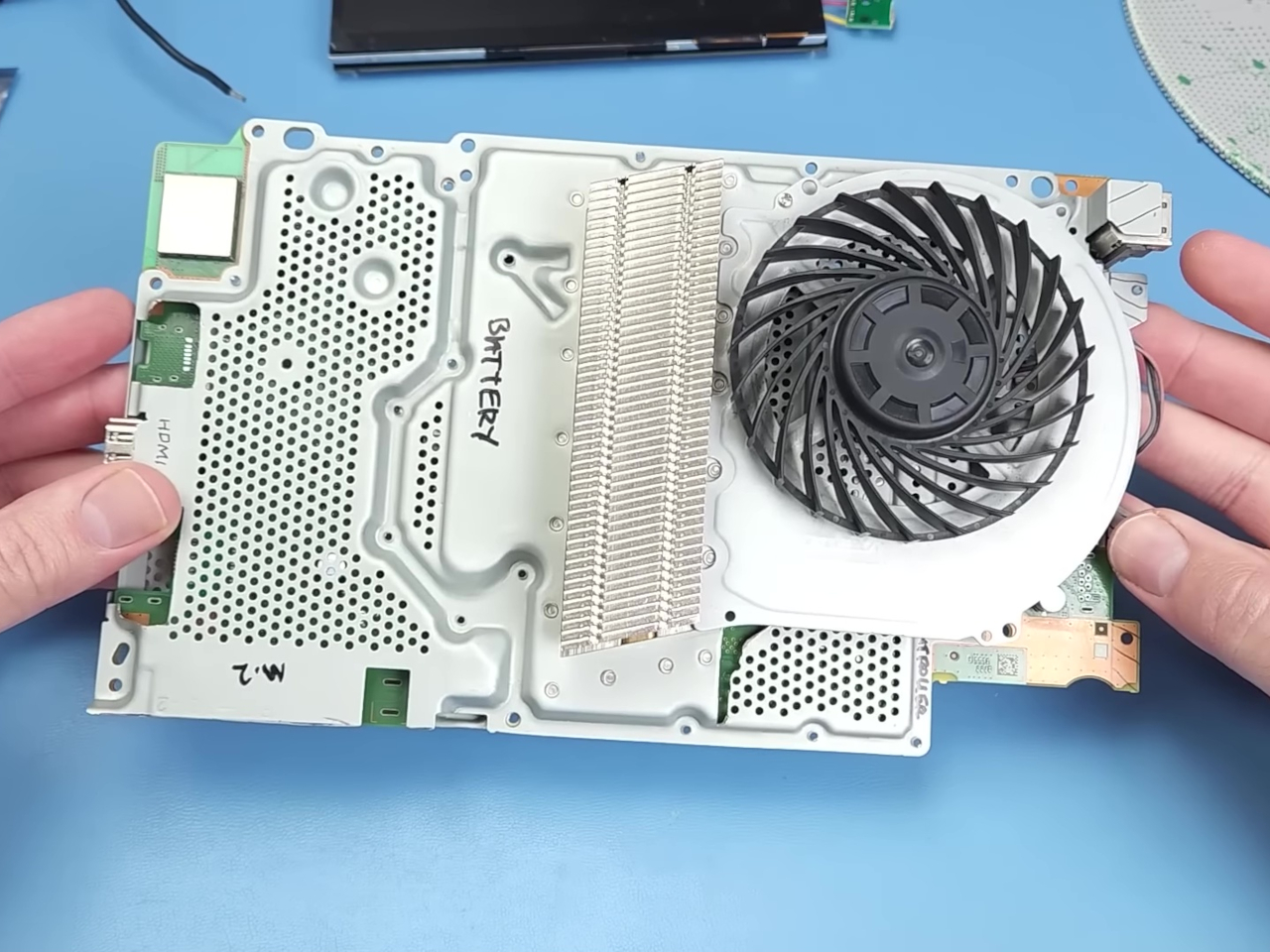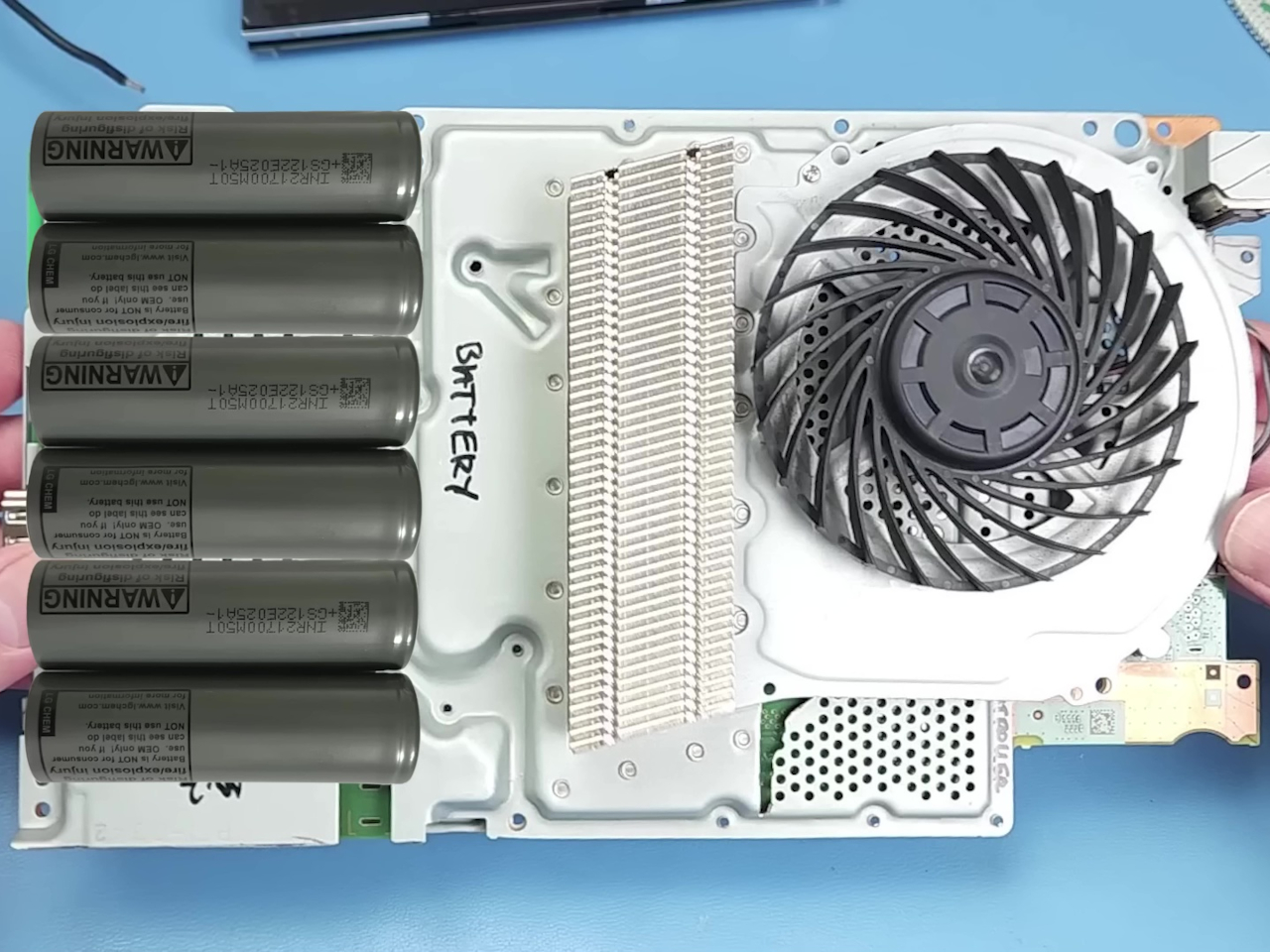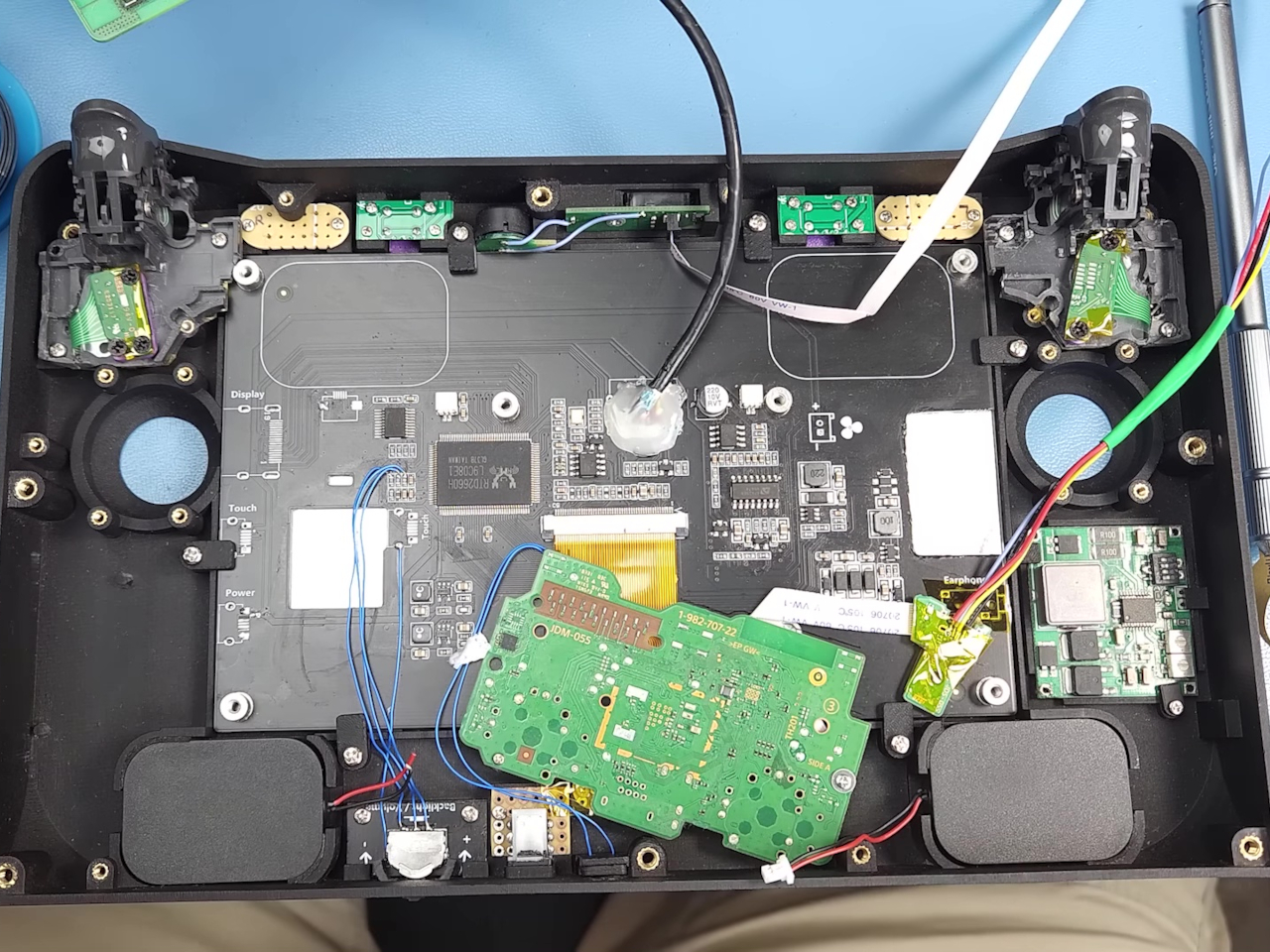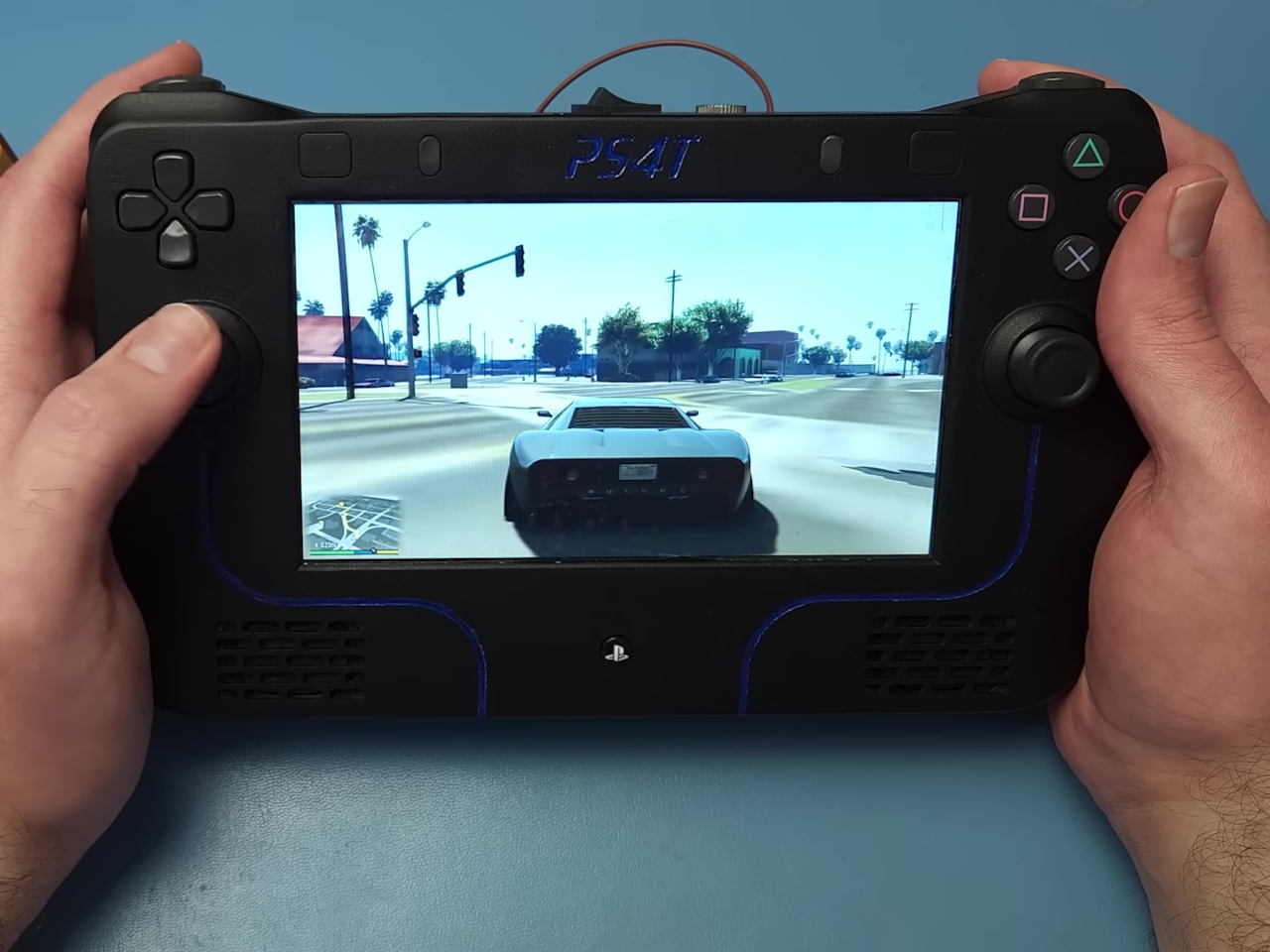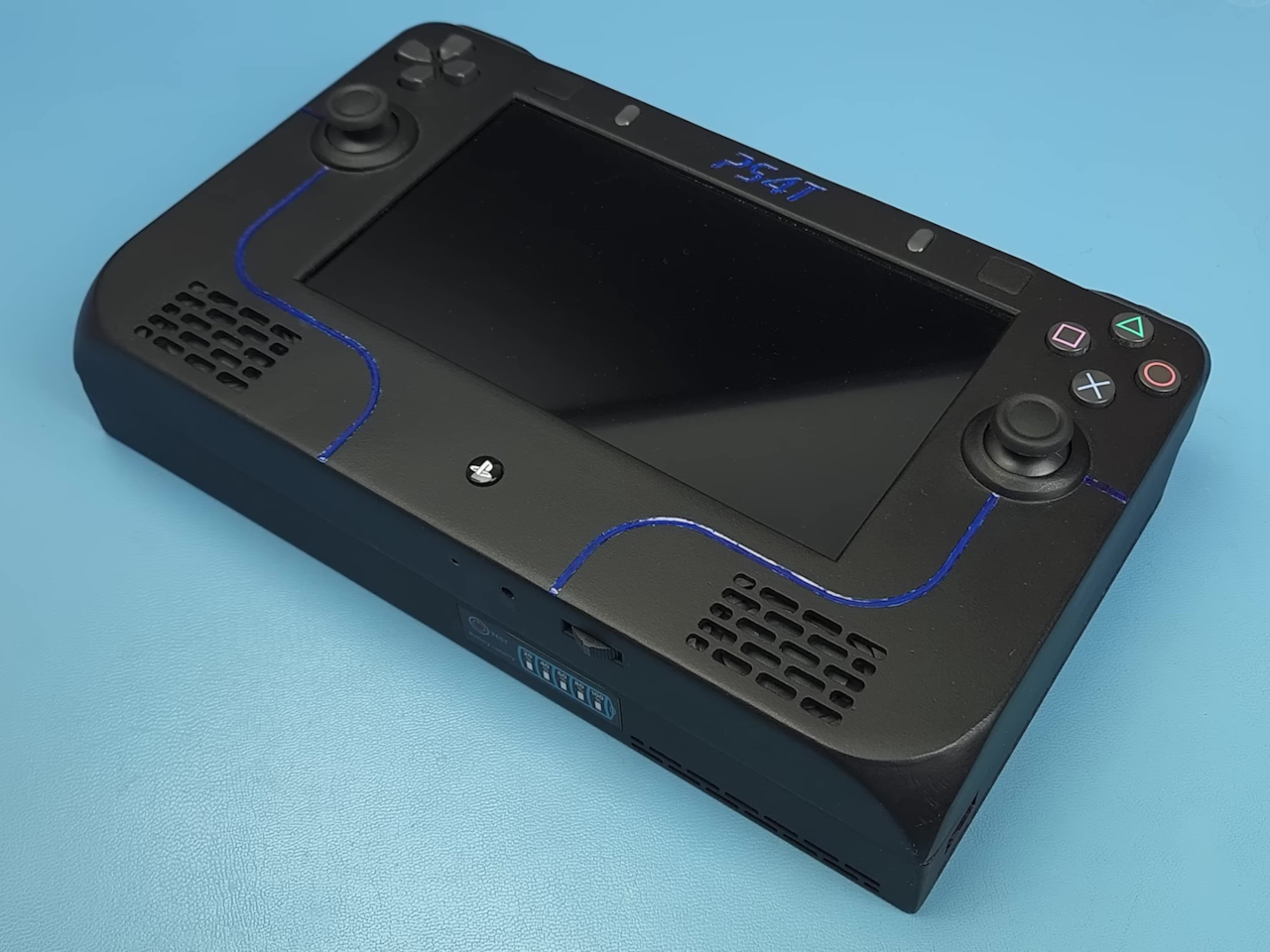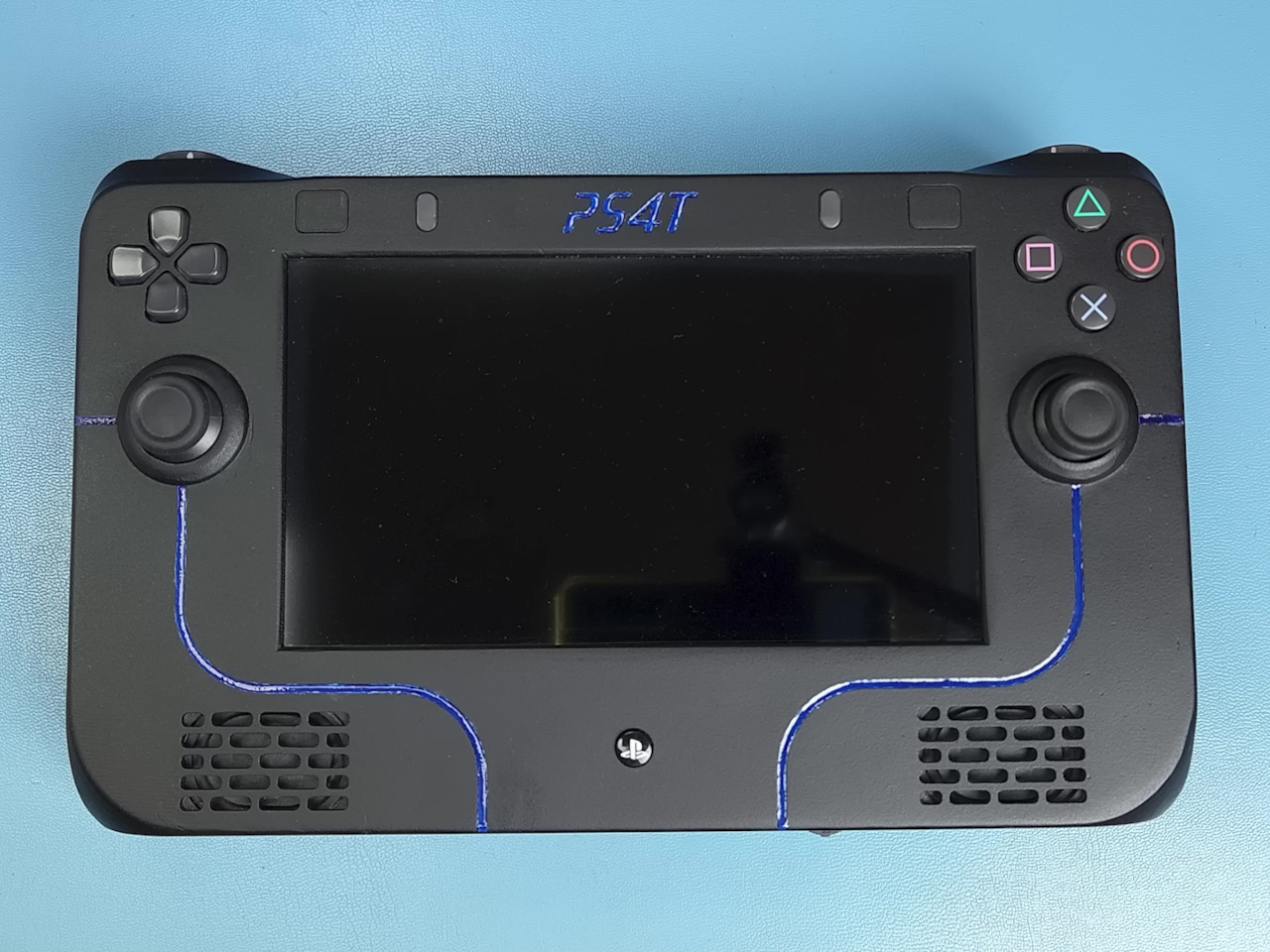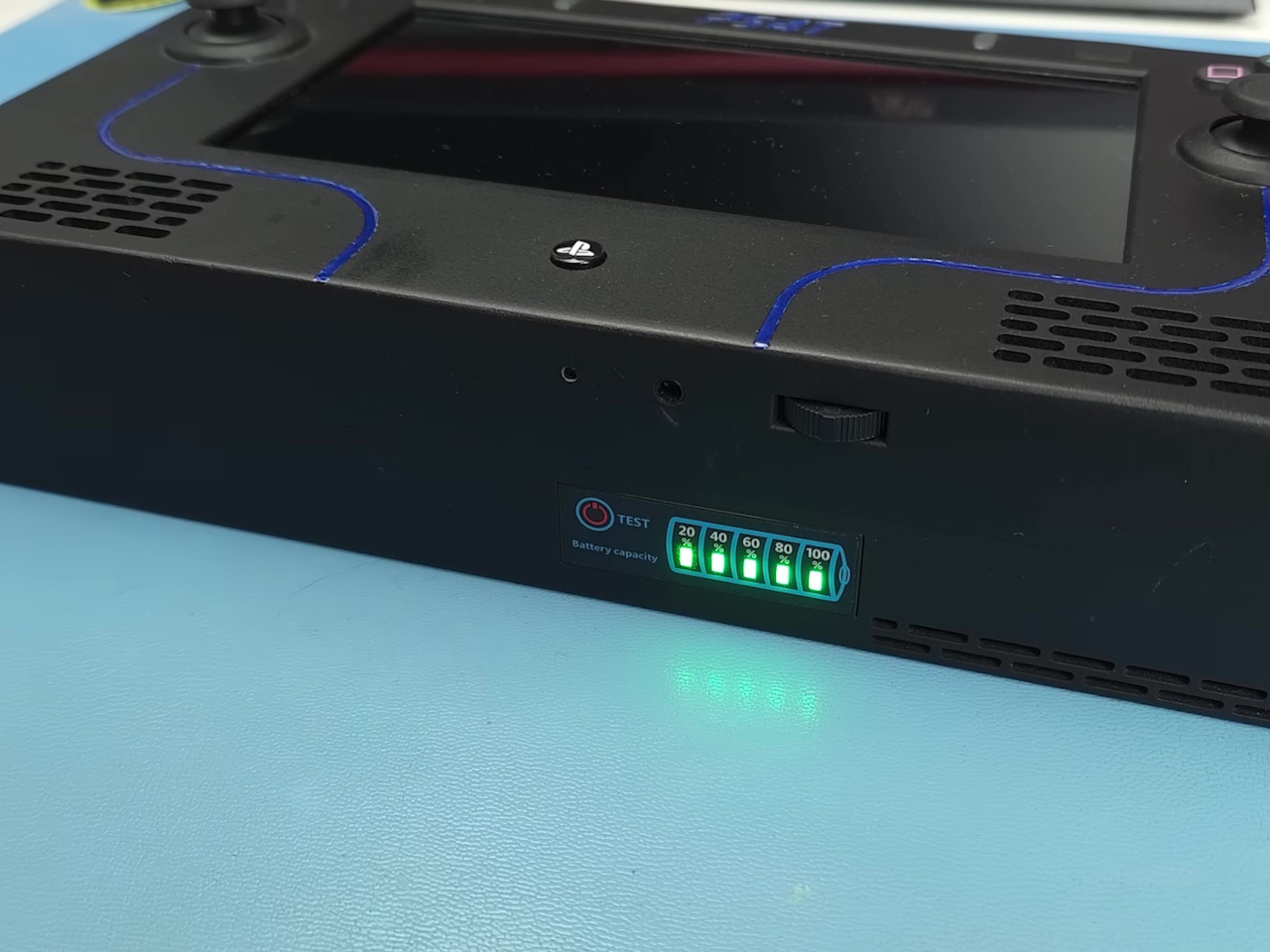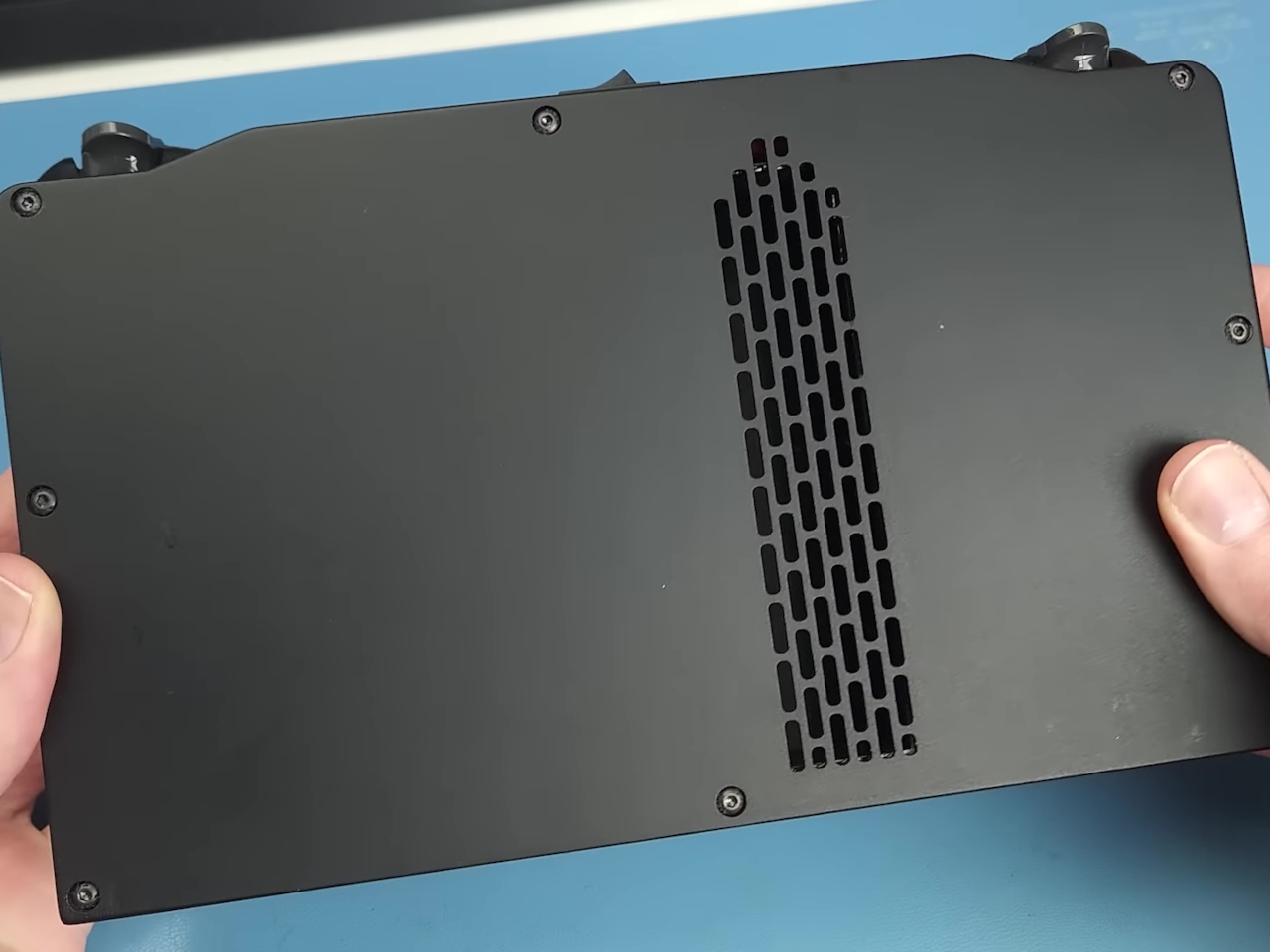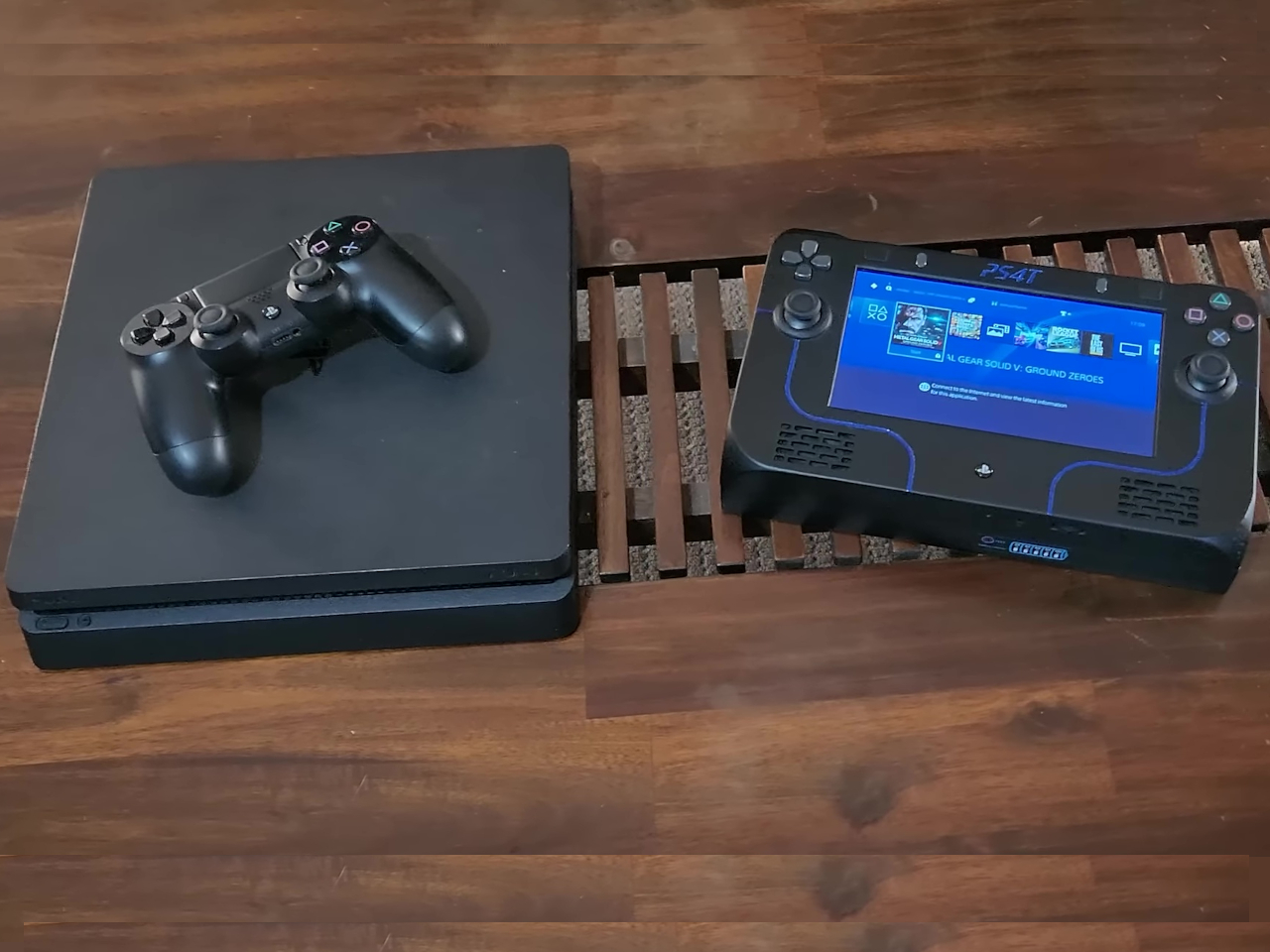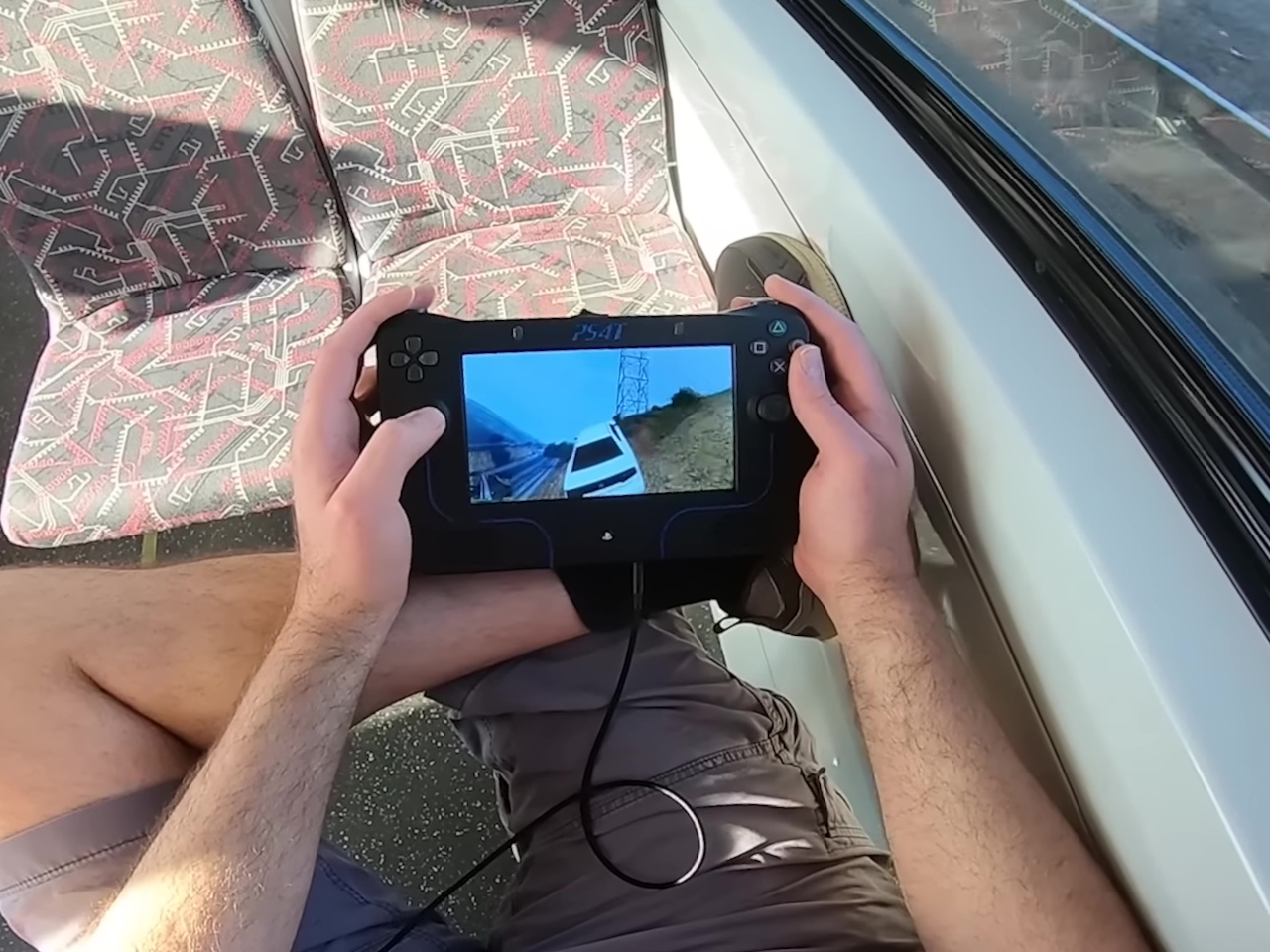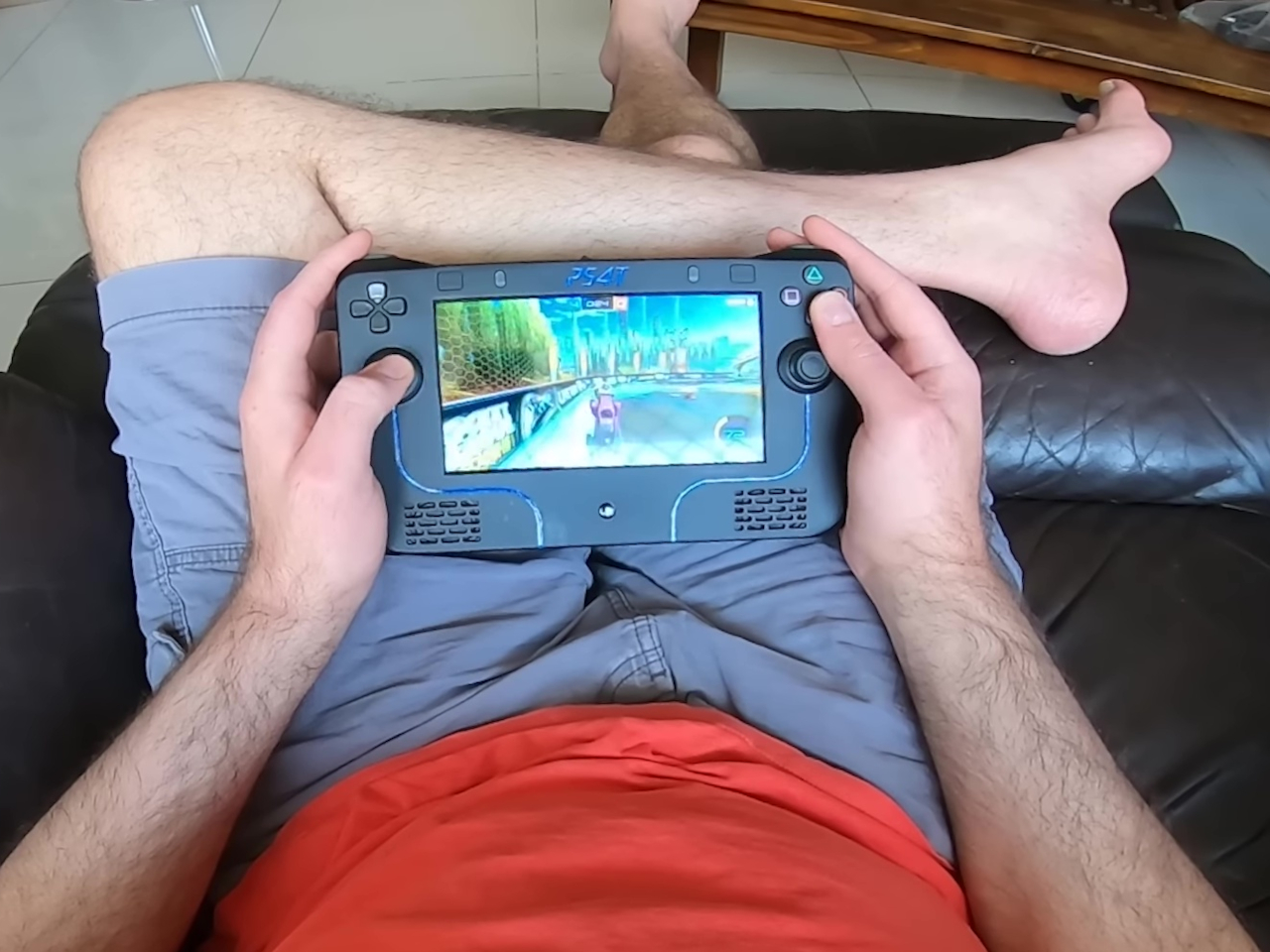
The Steam Deck came in early 2022, and the only update to the handheld gaming console came in the form of an OLED version last year. One thing common to all the previous models of the Deck handheld console has been their black color.
Valve has decided to break that tradition by releasing a Steam Deck OLED: Limited Edition White for a worldwide release to the amazement of fans who’ve witnessed the white color of the gaming device only in renders. This version is a break from the monotony of the dark hue, akin to the transparent shell limited-edition version in 1TB memory, released last year that we liked to the core.
Designer: Valve


The OLED version of the Steam Deck with HDR support looks bold compared to the LCD models, and wrapped in a white color will contrast the display colors even better. Valve is not playing down the possibility of even more bold color options coming in the future depending on the response for this current version. They categorically said that they will keep improving the Deck from a software and hardware perspective.


Just like the transparent shell one, this one will only be available in a 1TB model. The off-white shell of this limited edition has gray buttons and the power button in orange. This handheld will be paired with a white carrying case and a microfiber cloth which you’ll need more often than not, since it’ll get dirtier compared to the black version.

According to Valve, the Limited Edition Deck will be available worldwide from November 18 at 3 PM. The stock has been allocated to all the worldwide regions proportionally for equitable distribution and it’ll only be available until the stocks exhaust. “Once we’re out, we’re out,” Valve says.

One user can purchase only one unit with one Steam account, so now’s the time to mark your calendars to get hands on one for $679. This is $30 more than the 1 TB Steam Deck OLED.

The post Steam Deck OLED Limited Edition White priced $30 more than black variant is hard to resist first appeared on Yanko Design.
